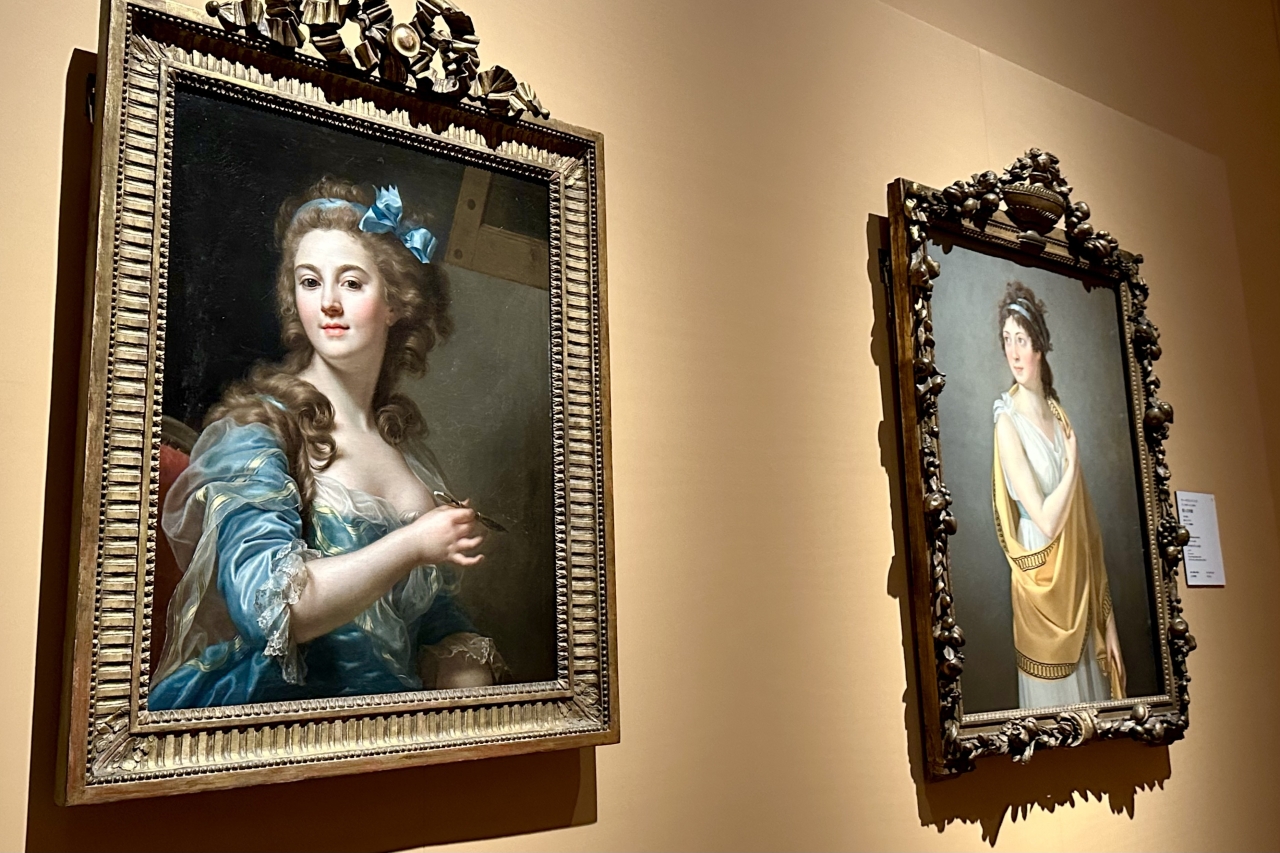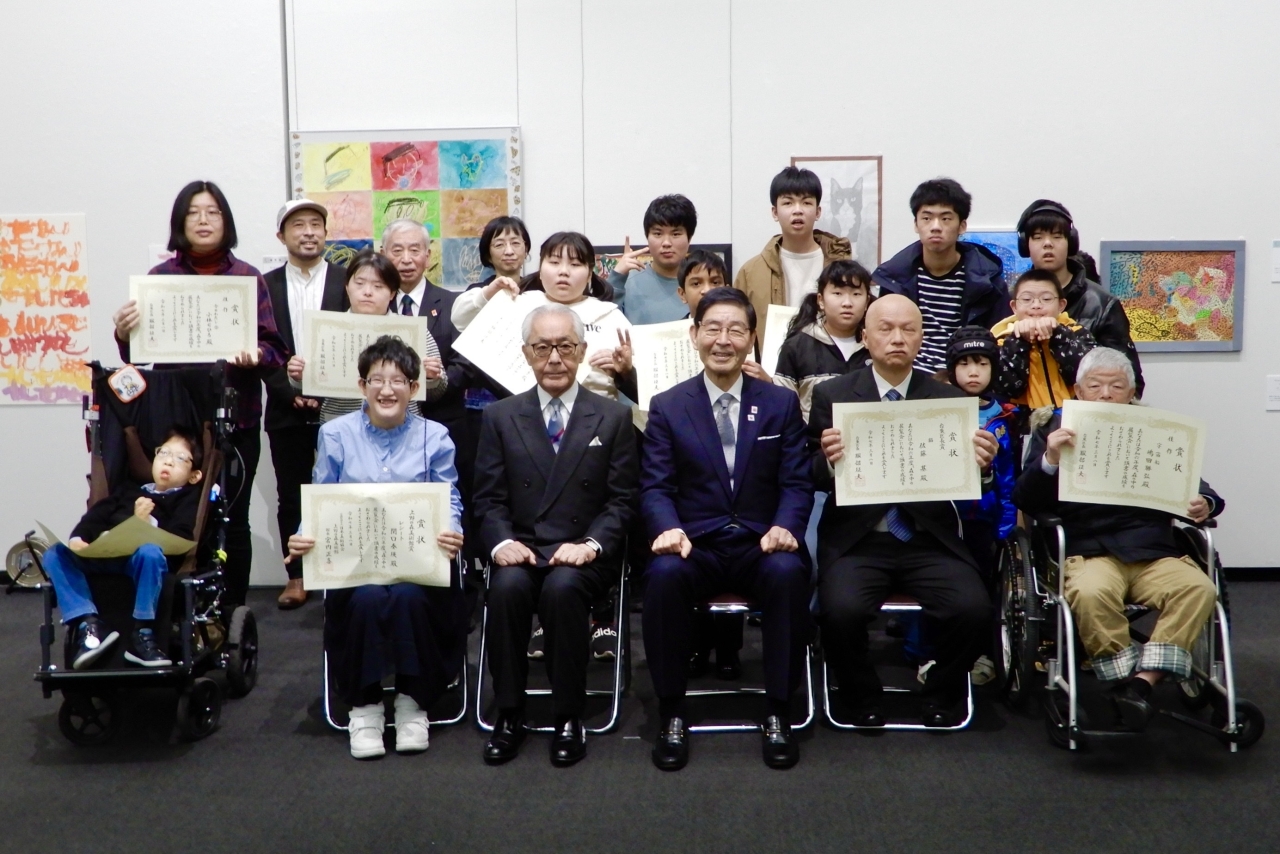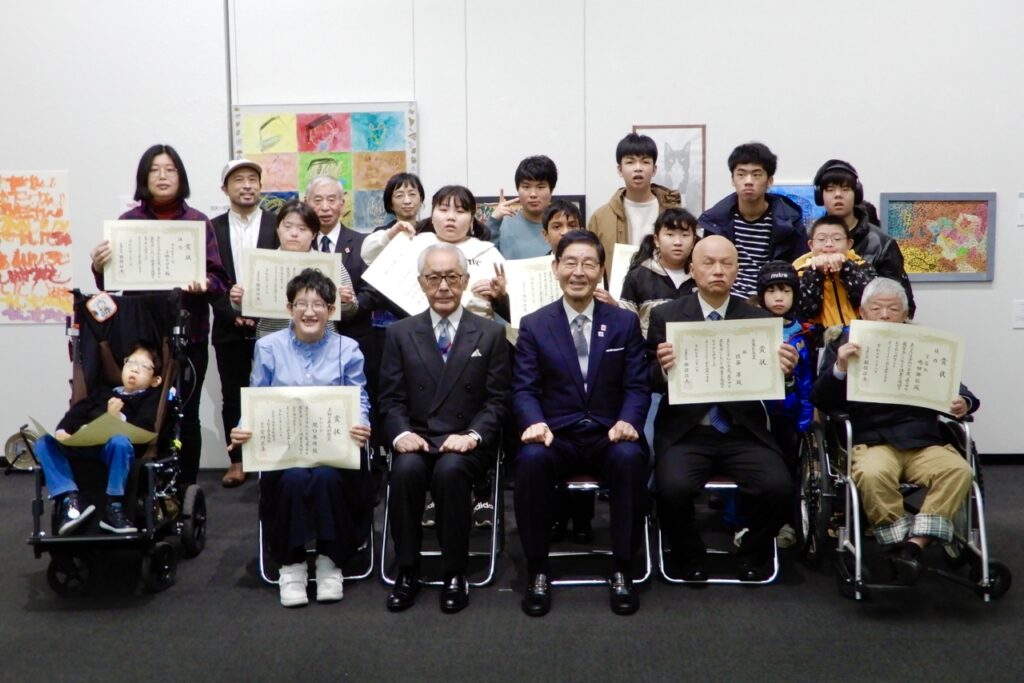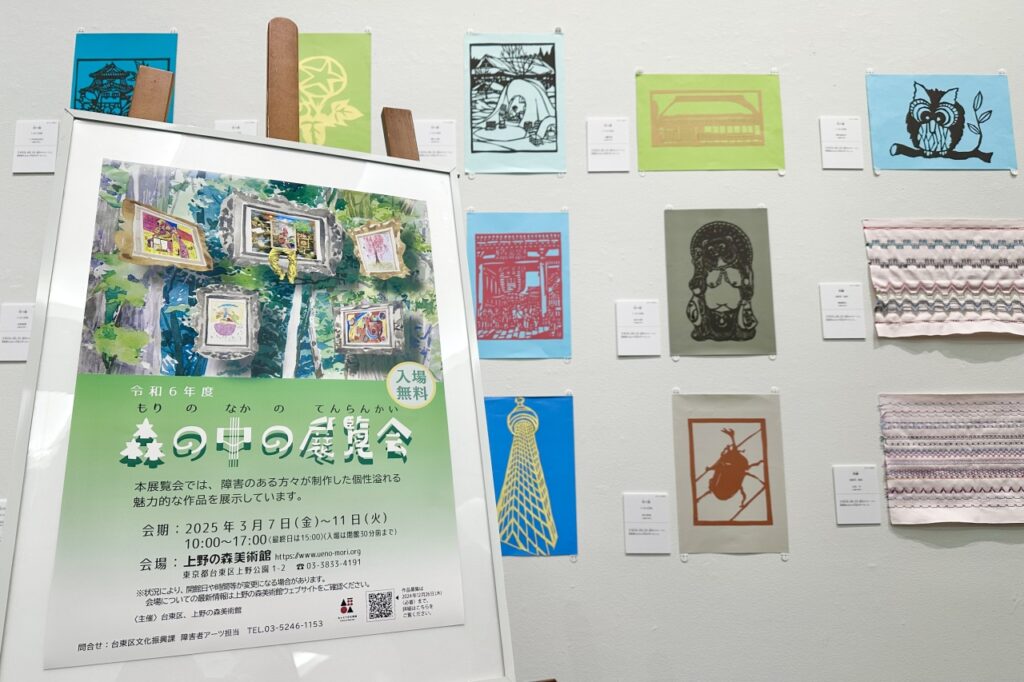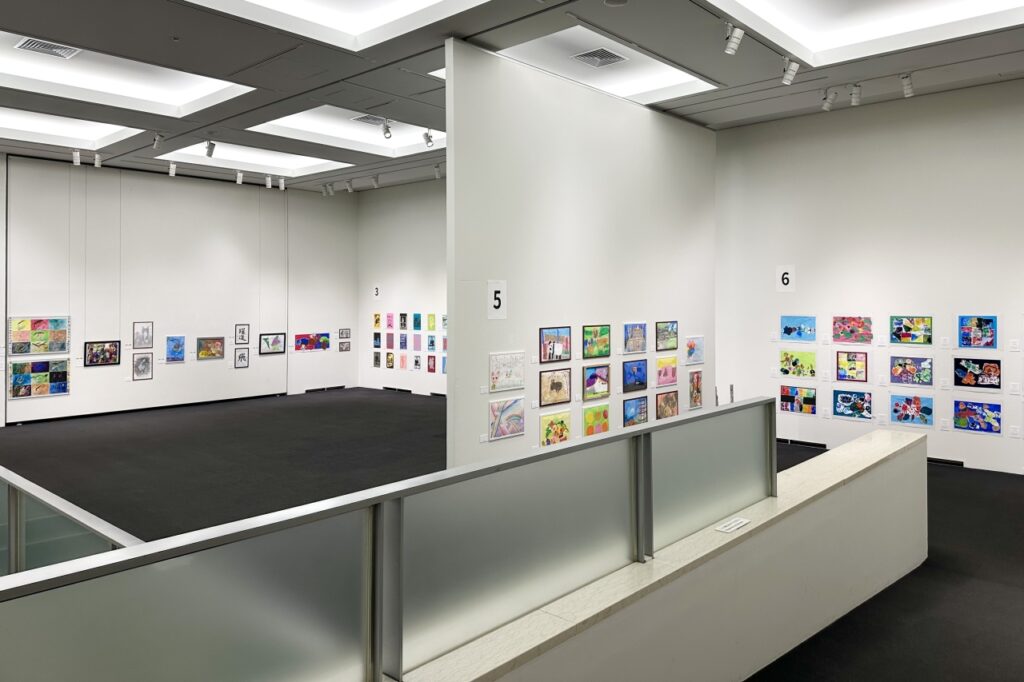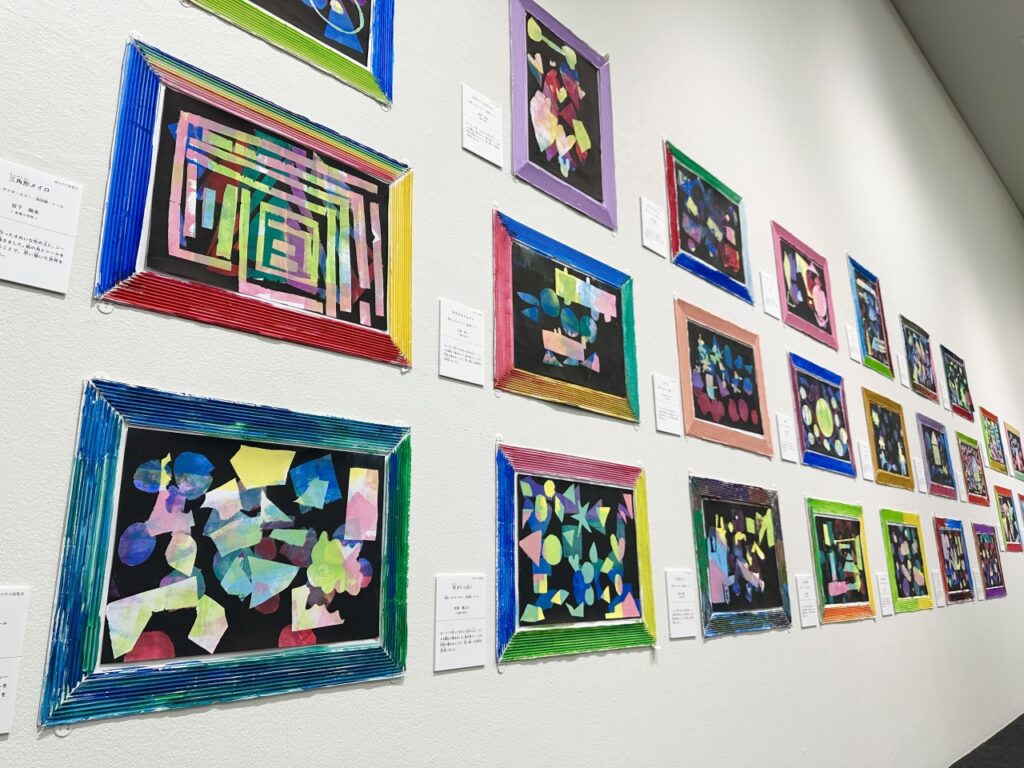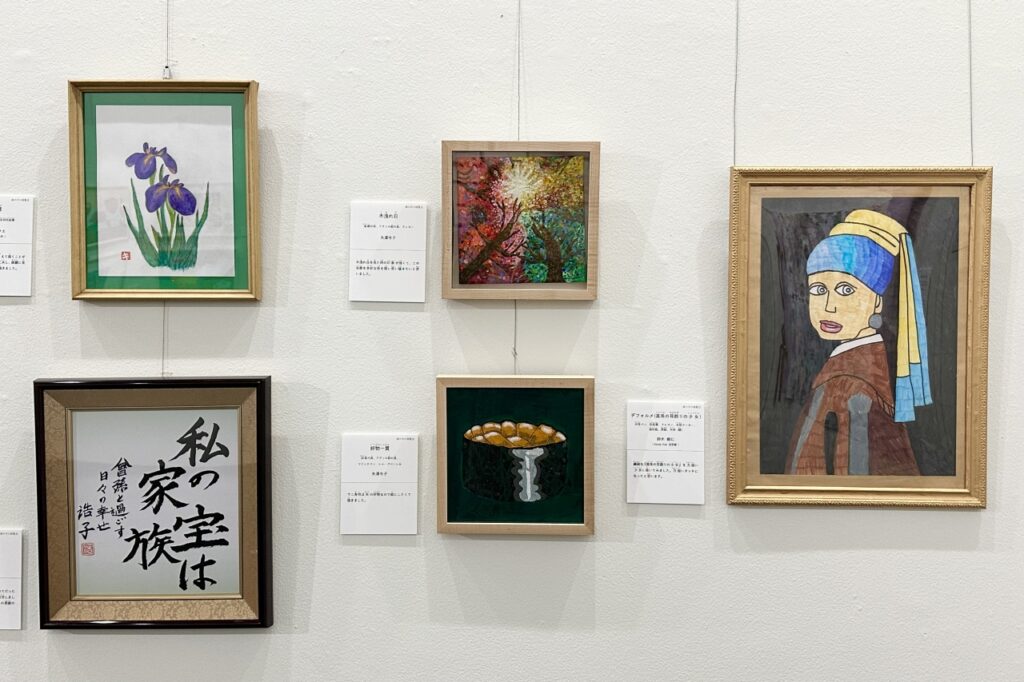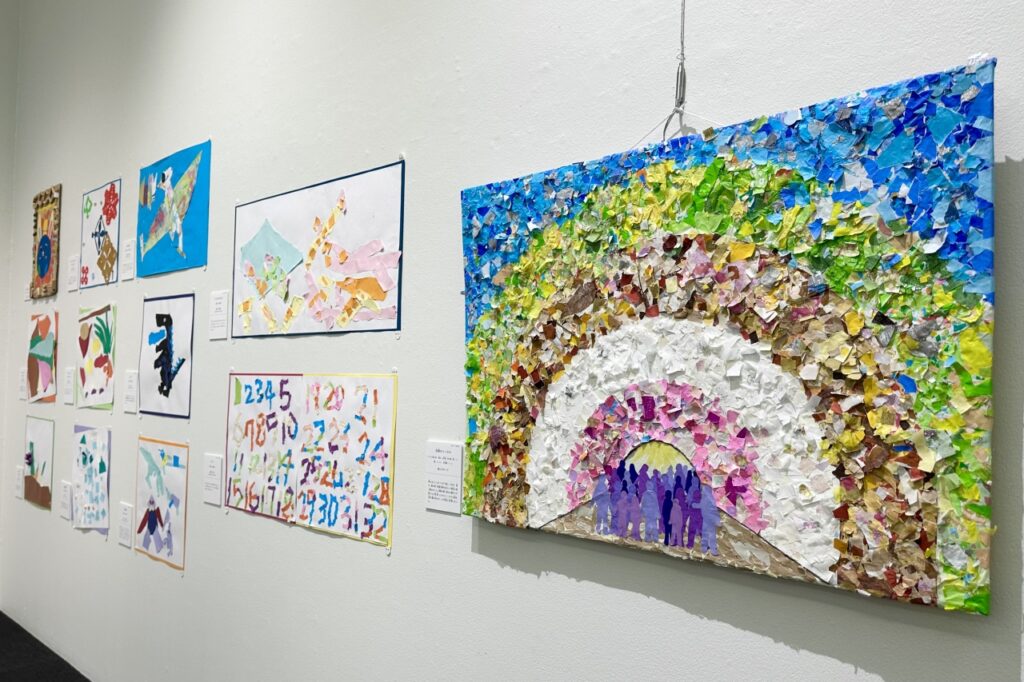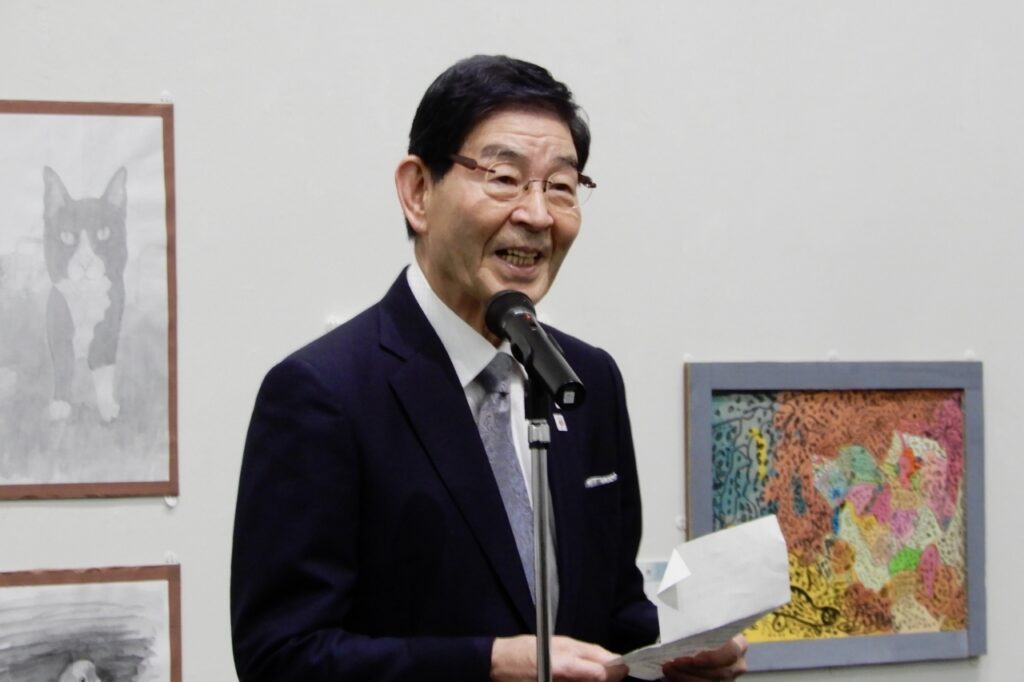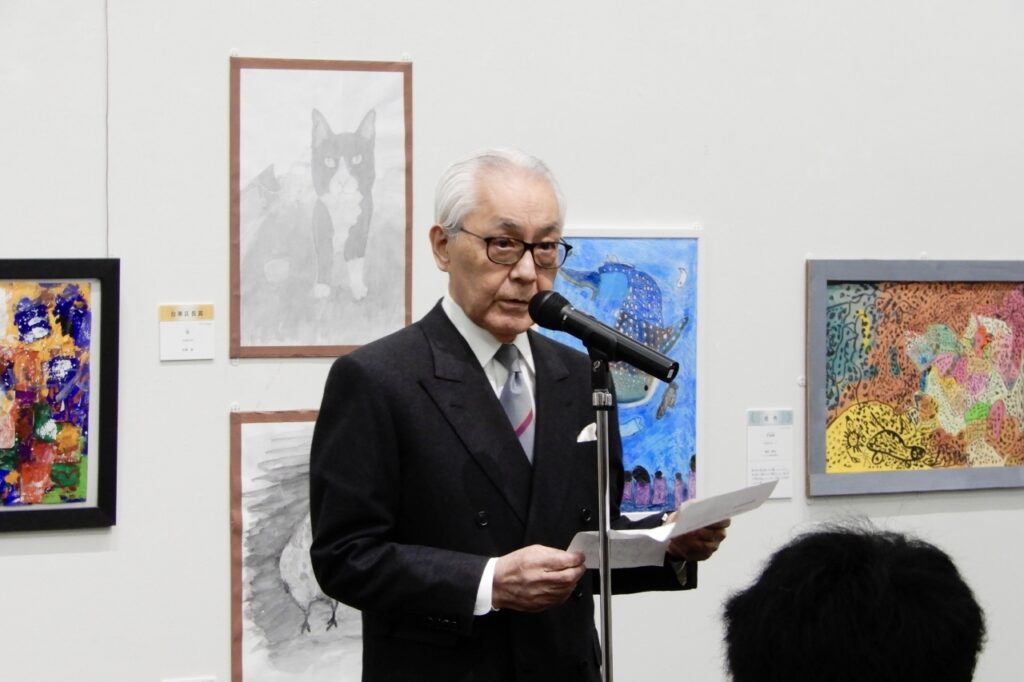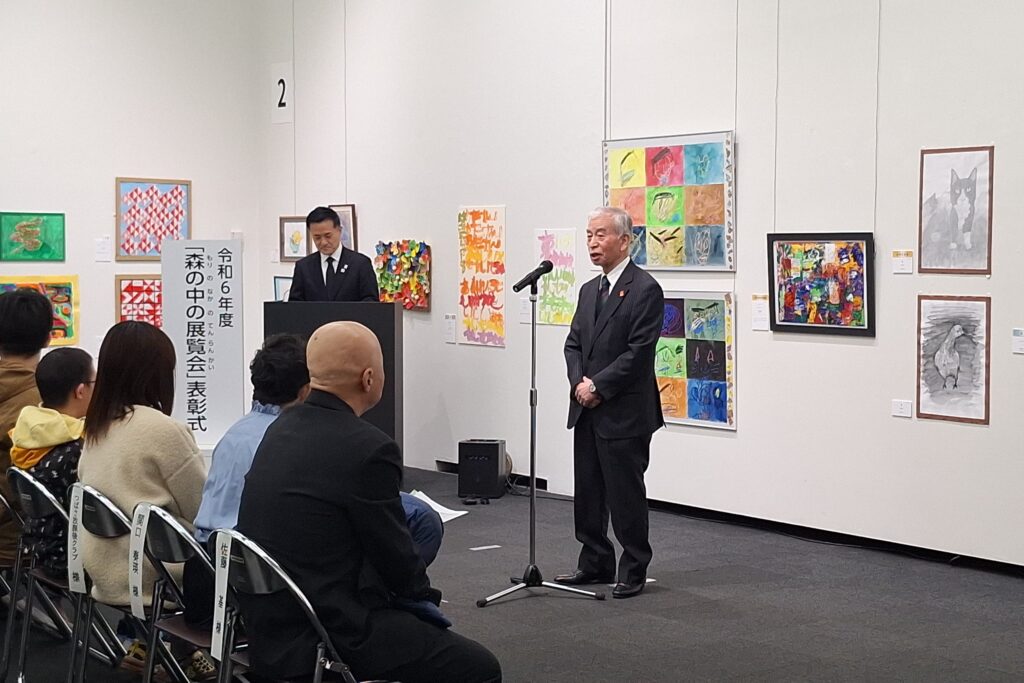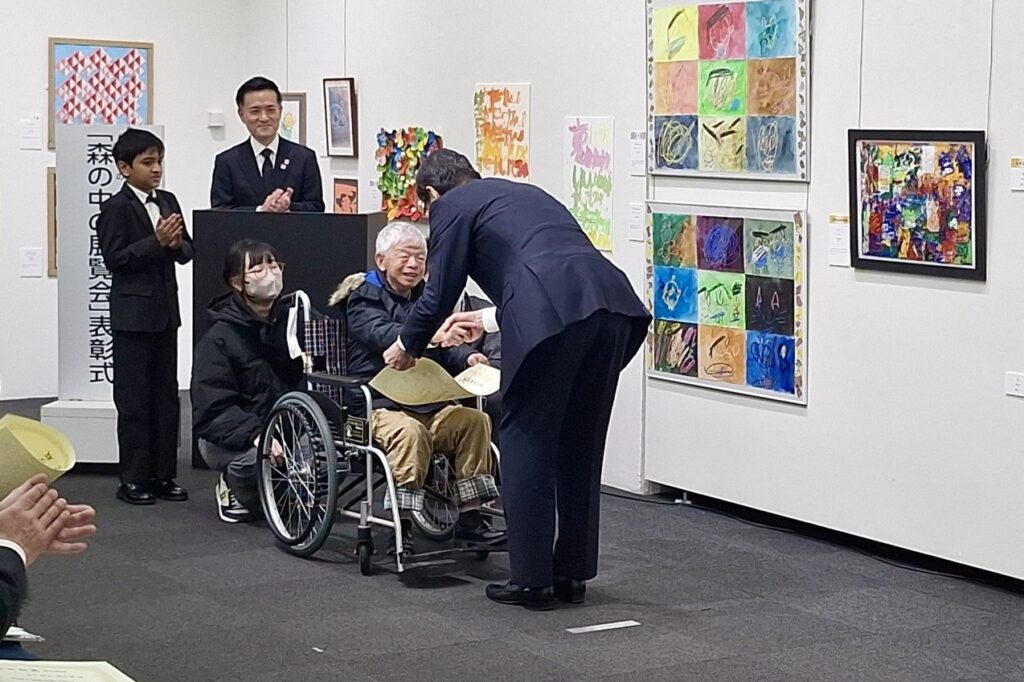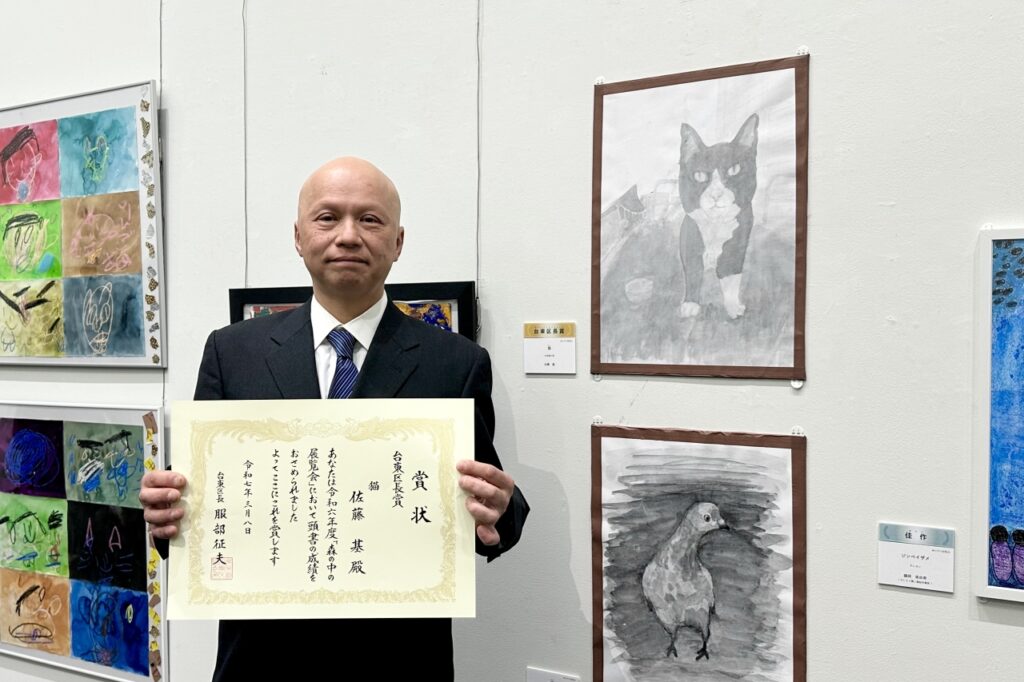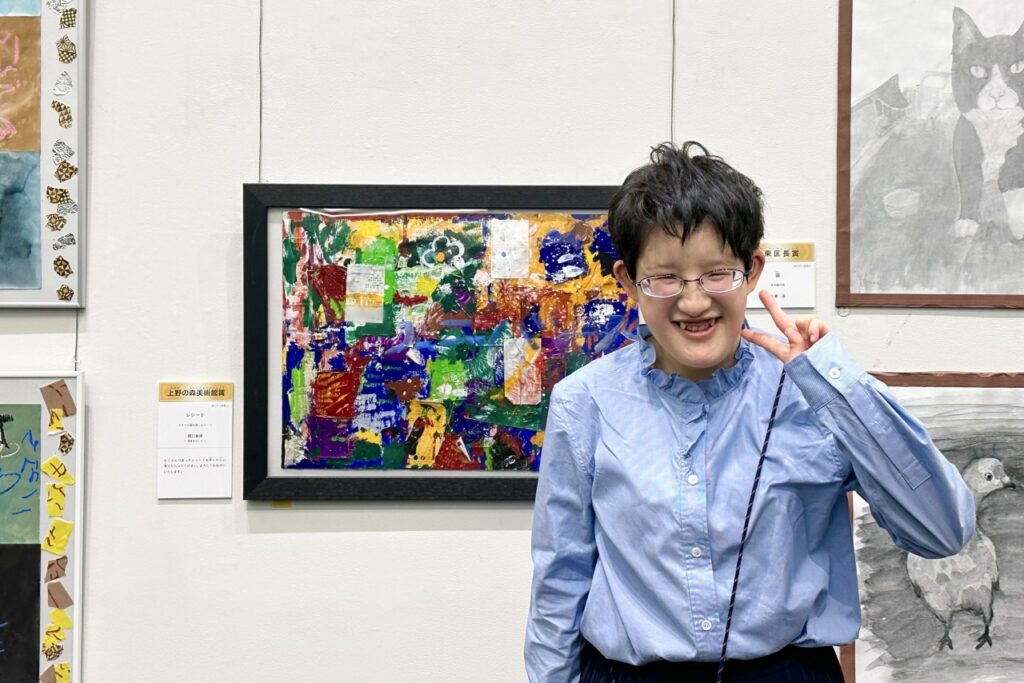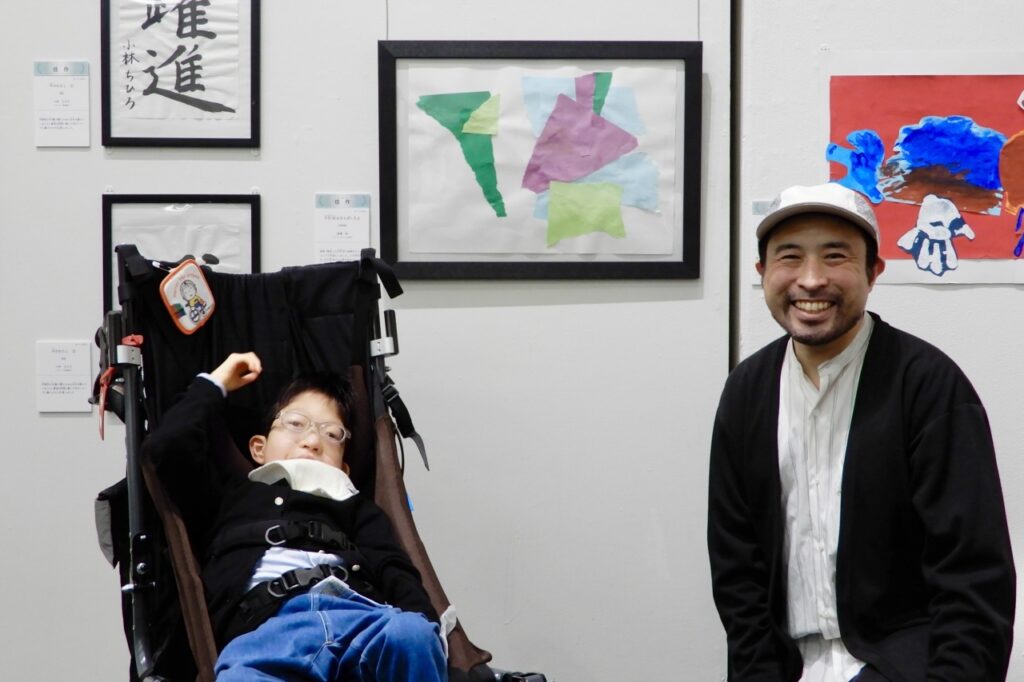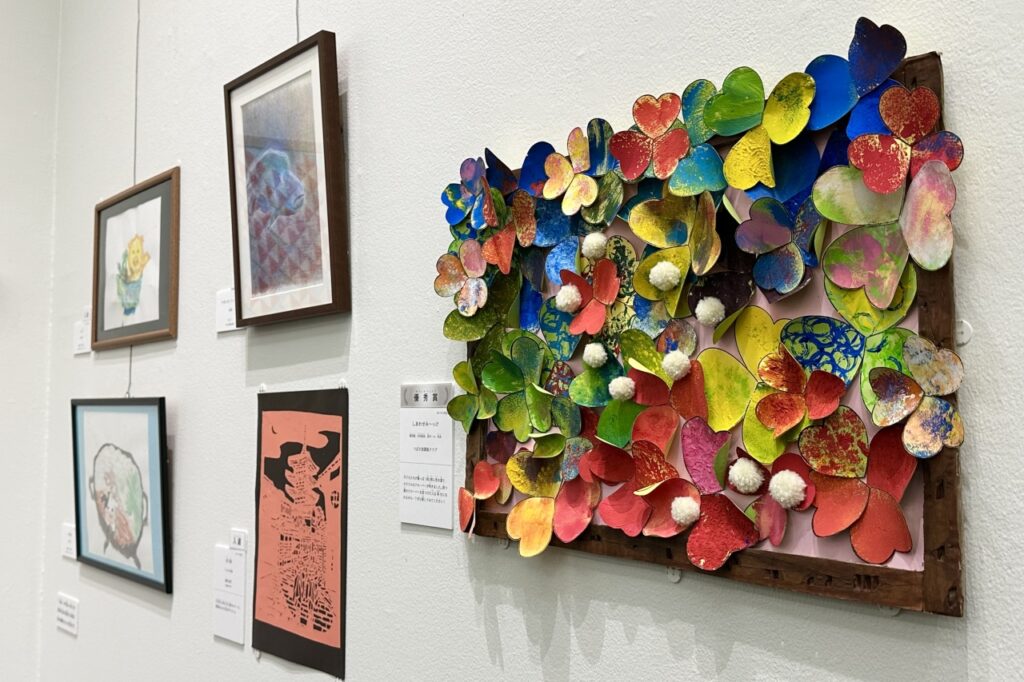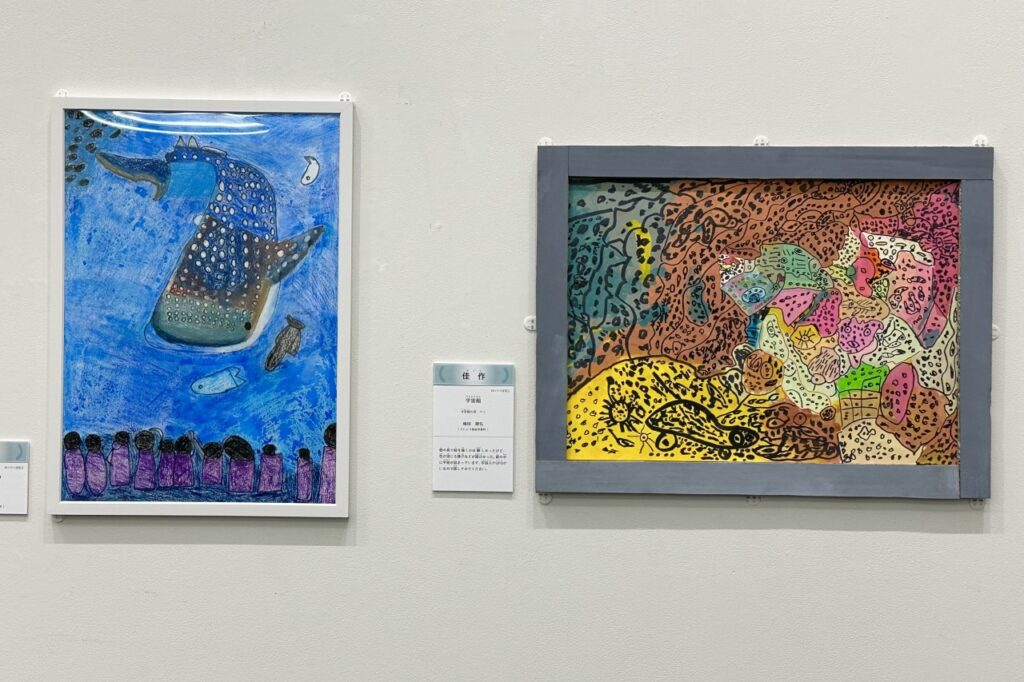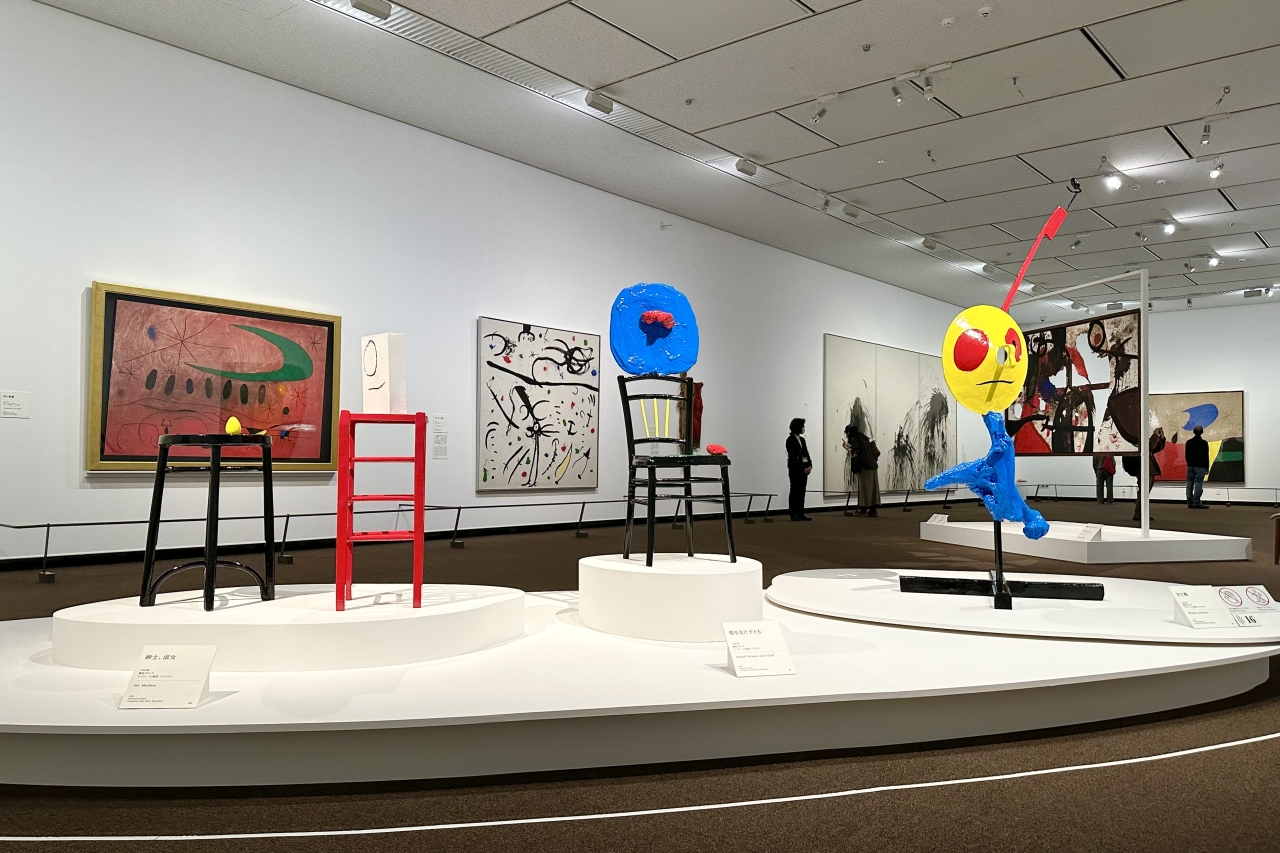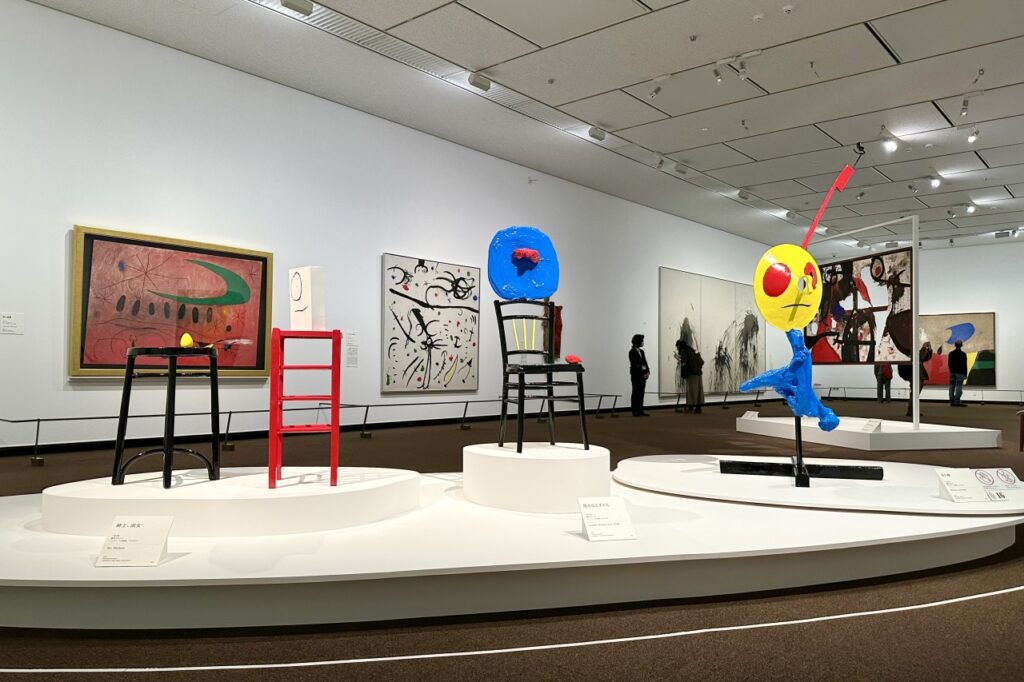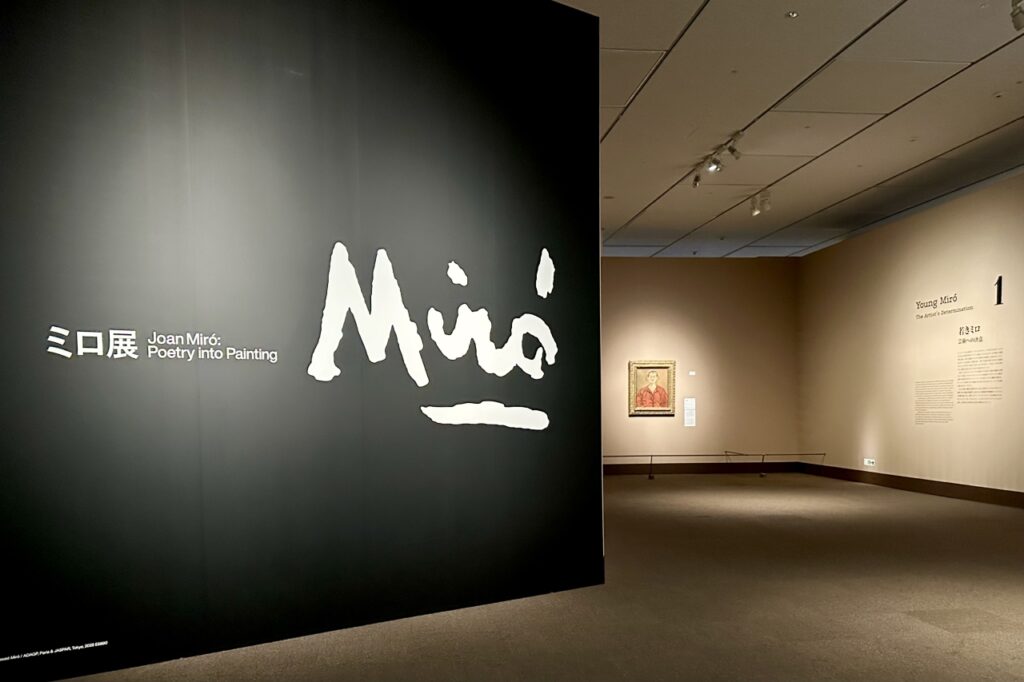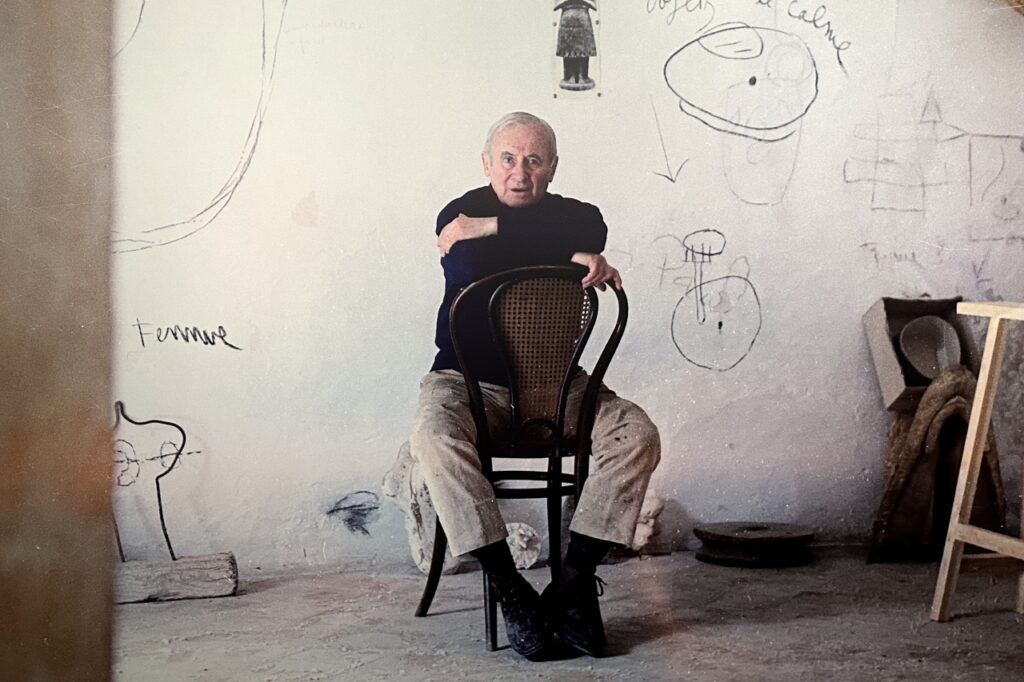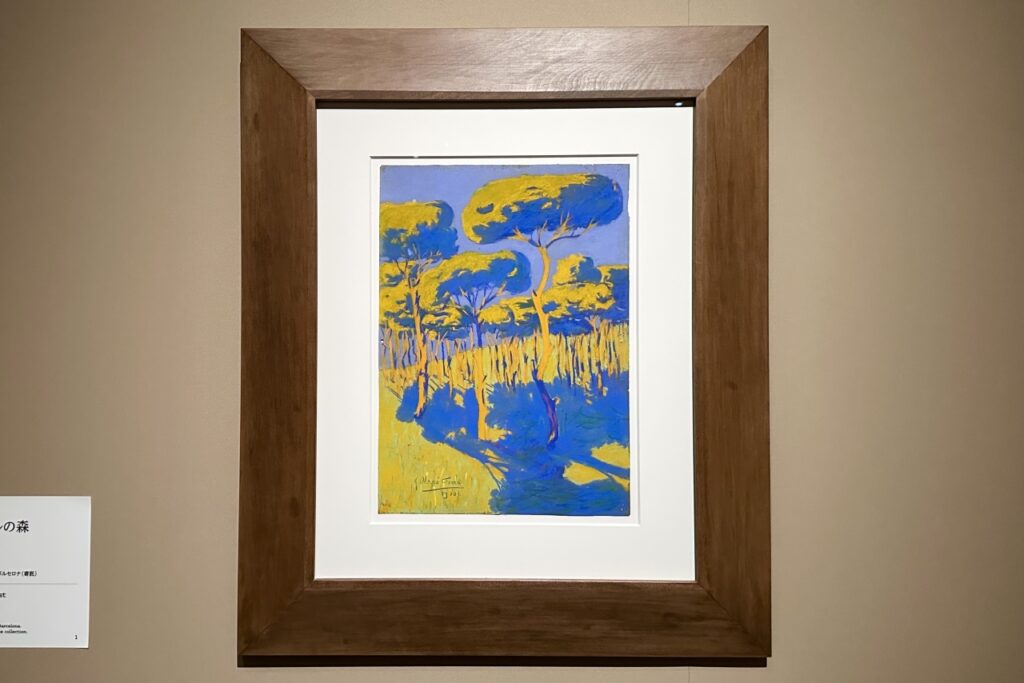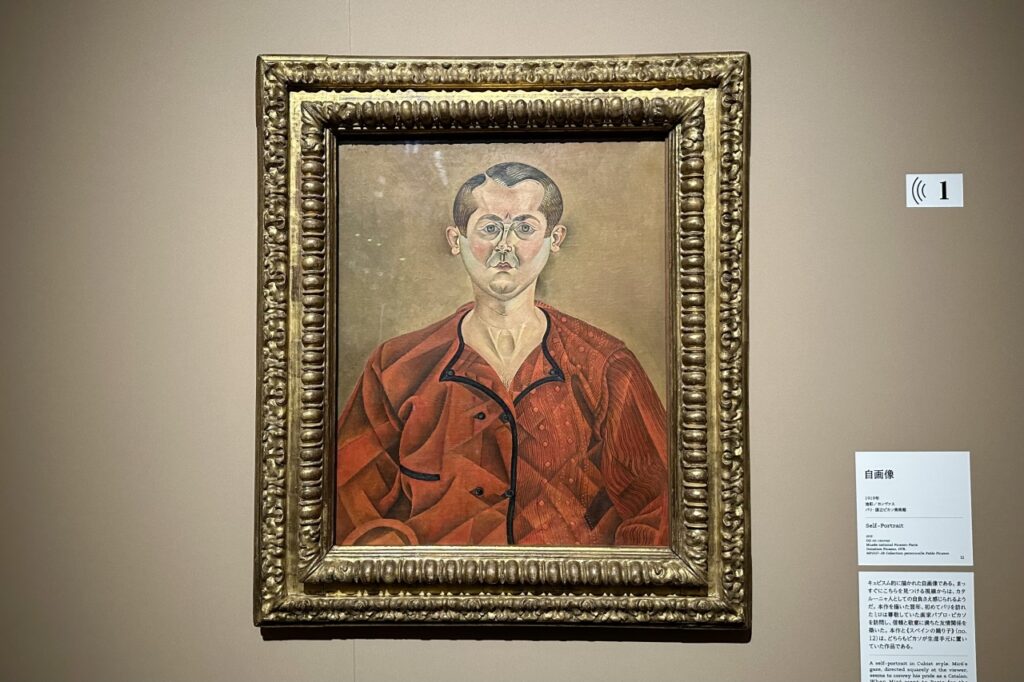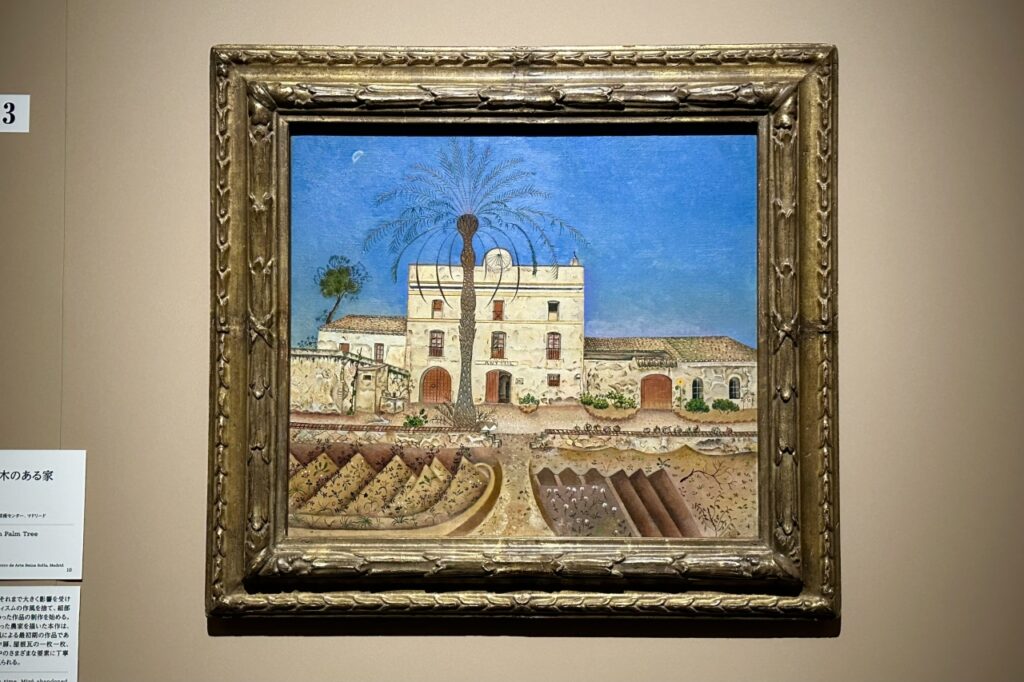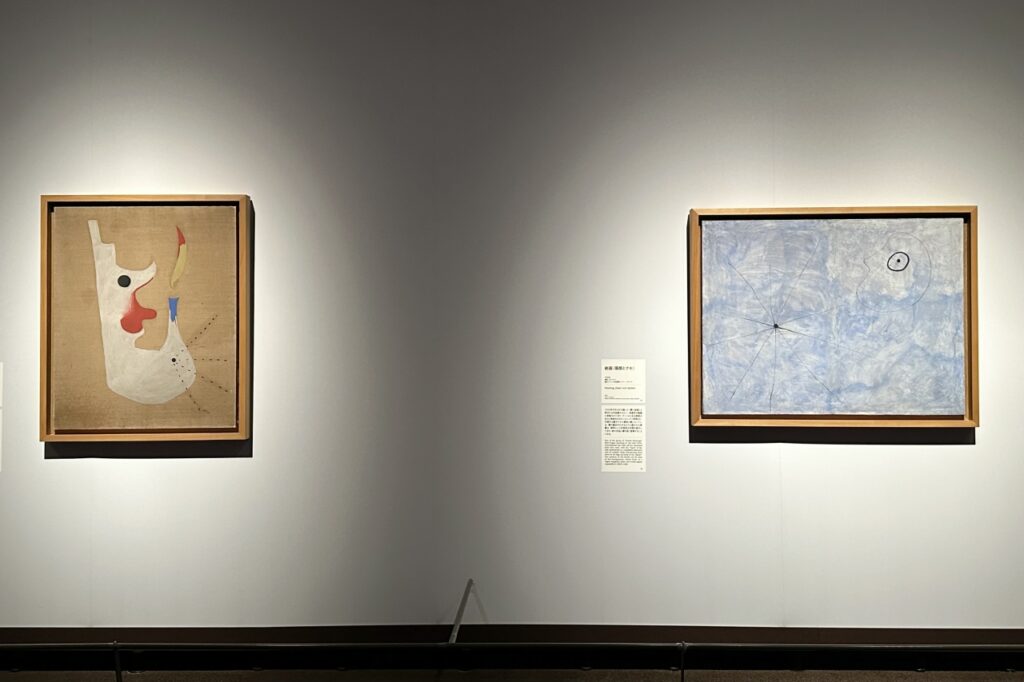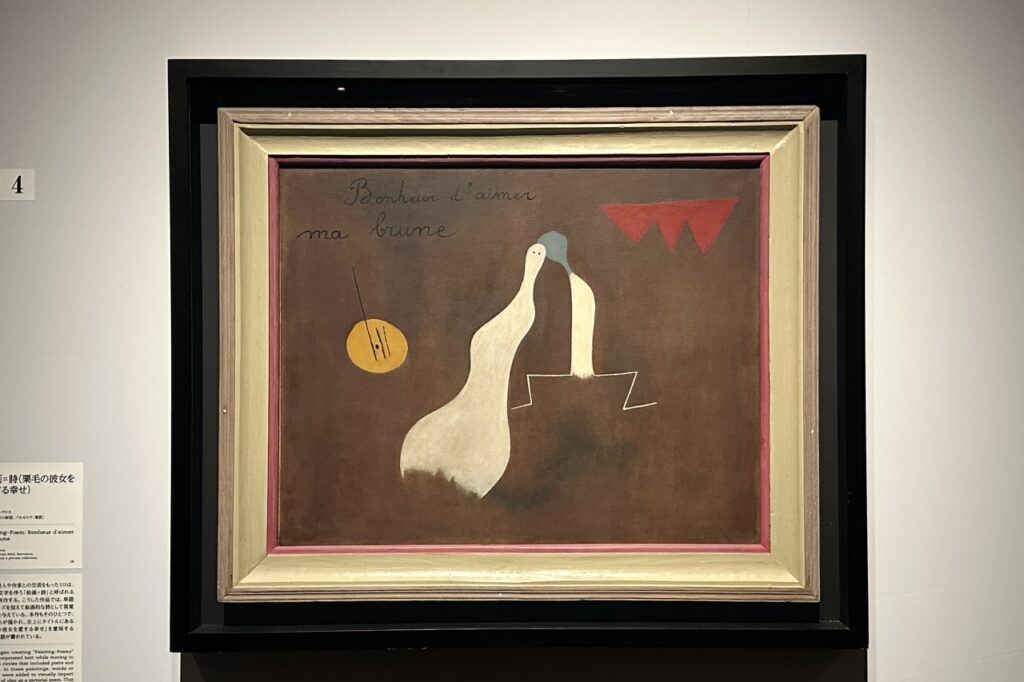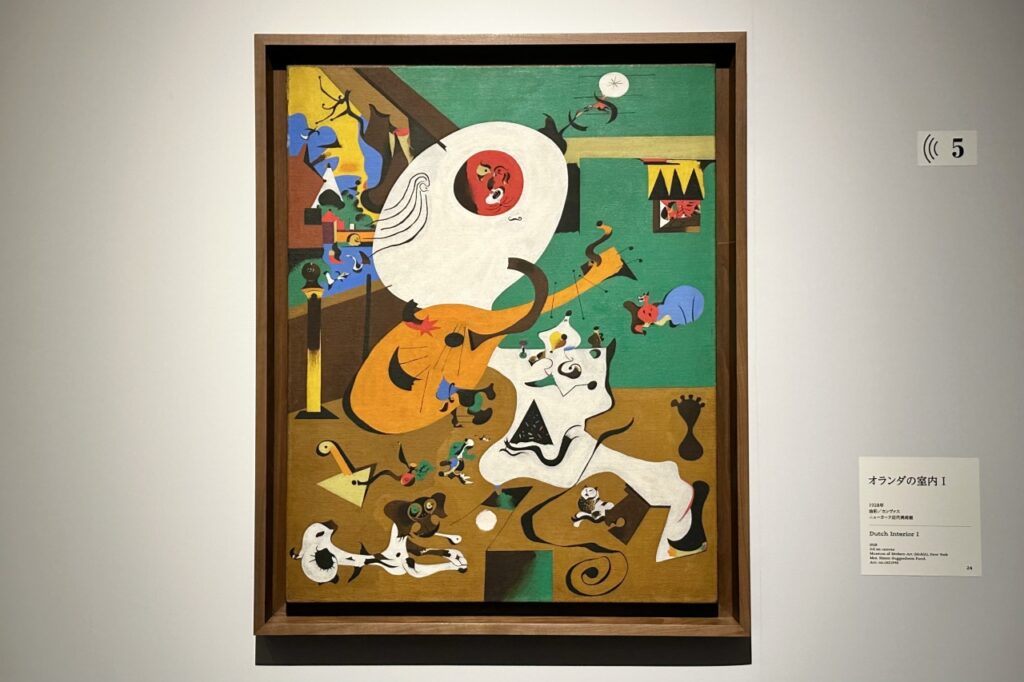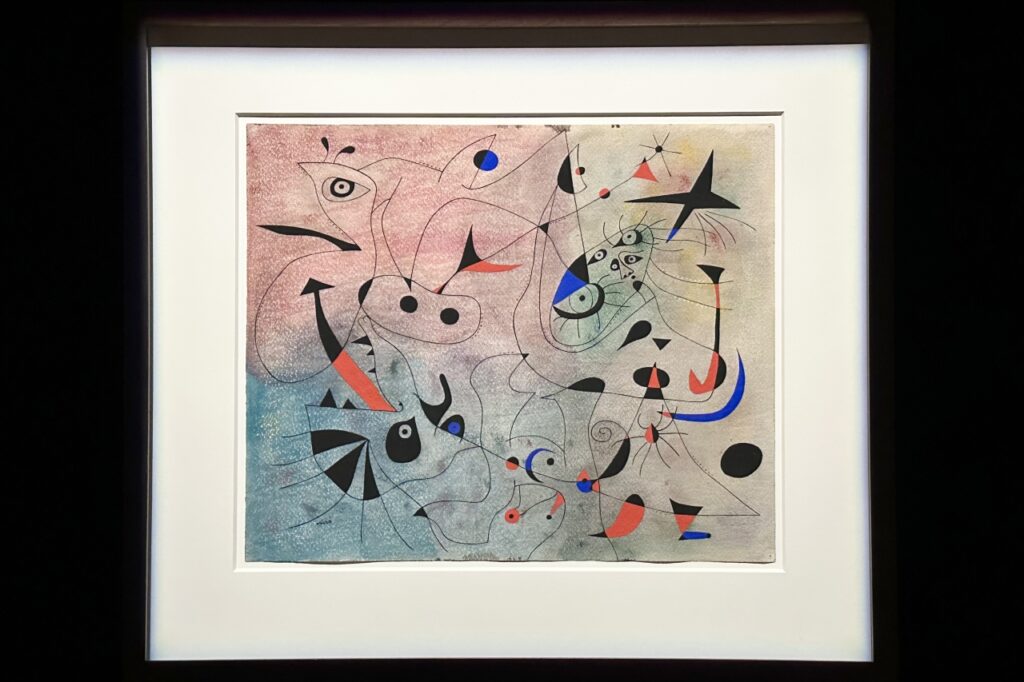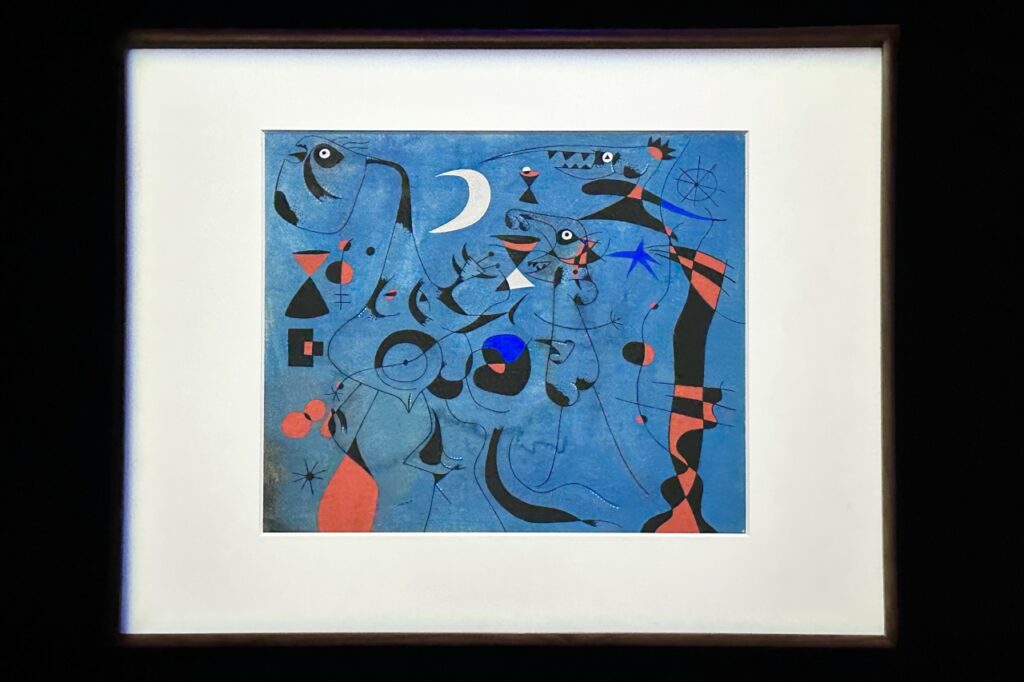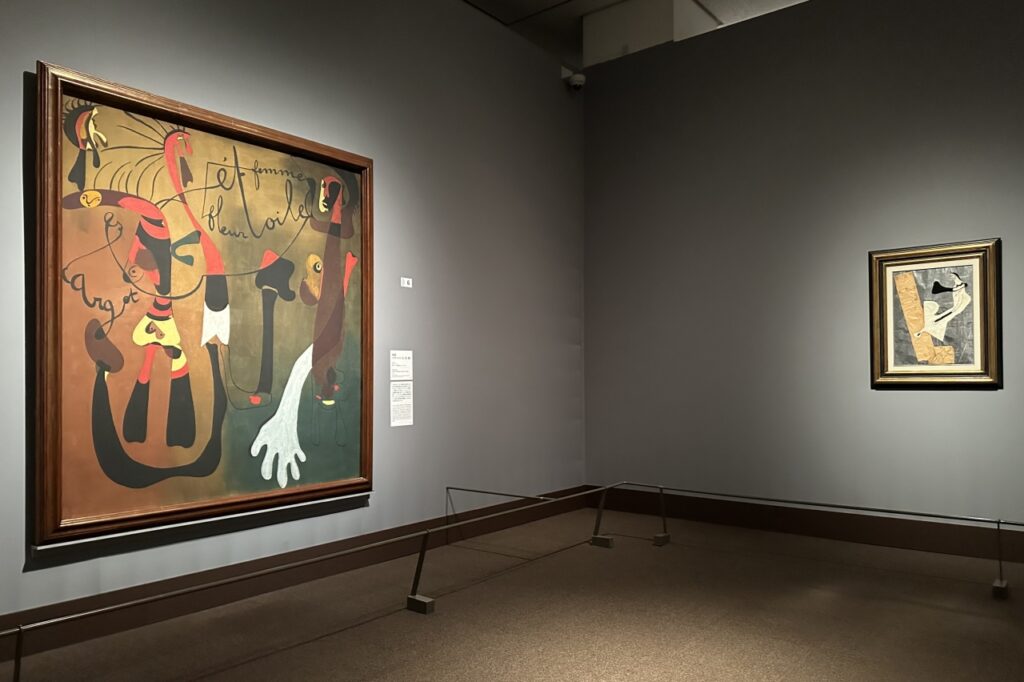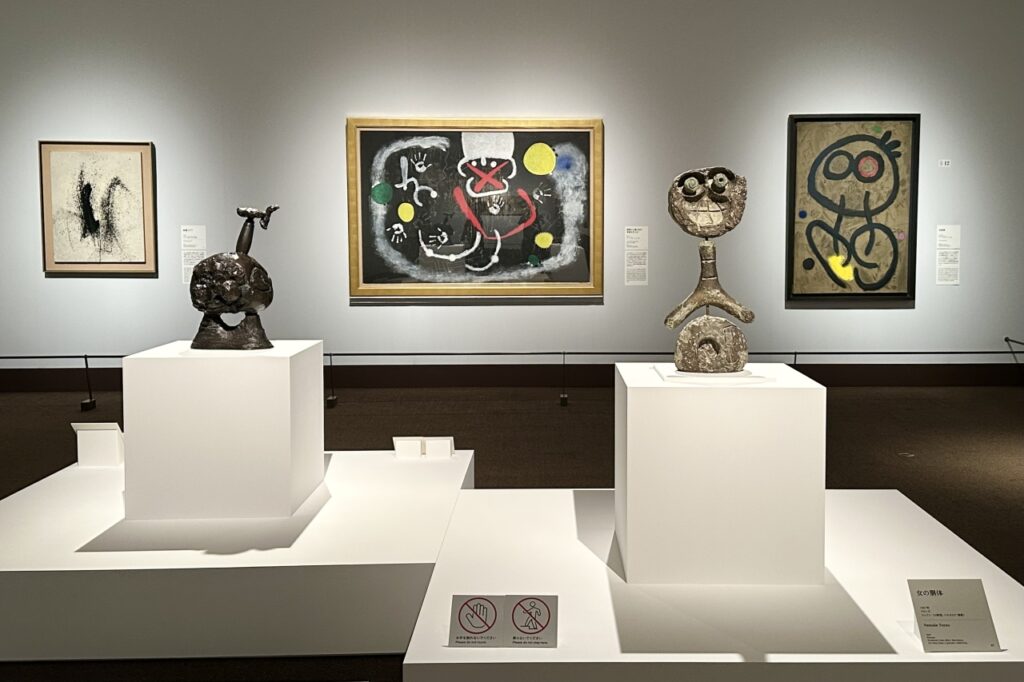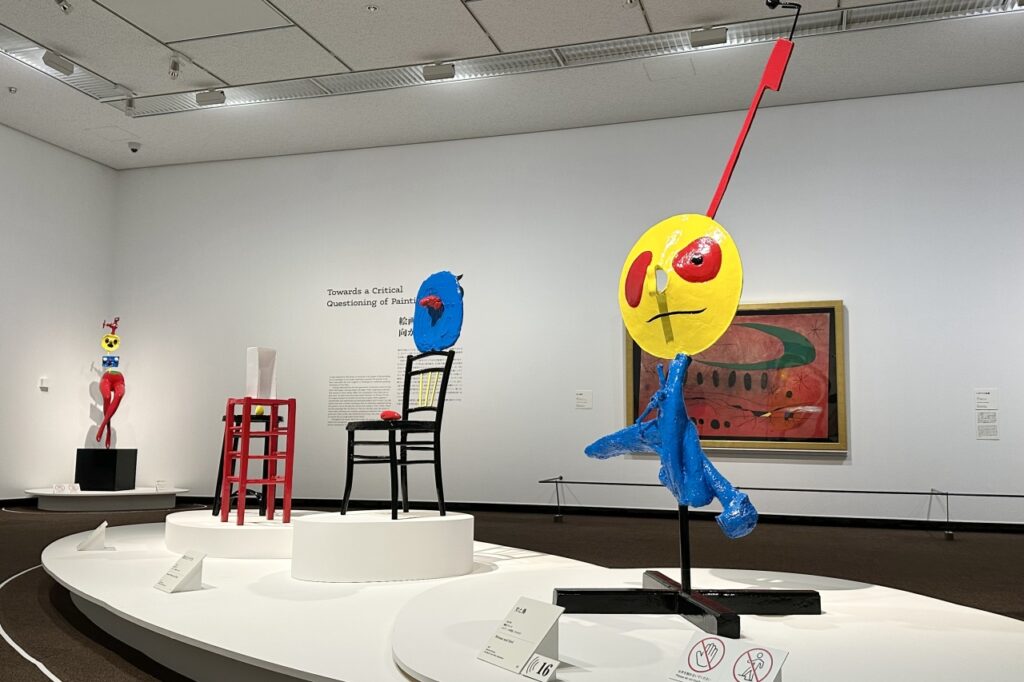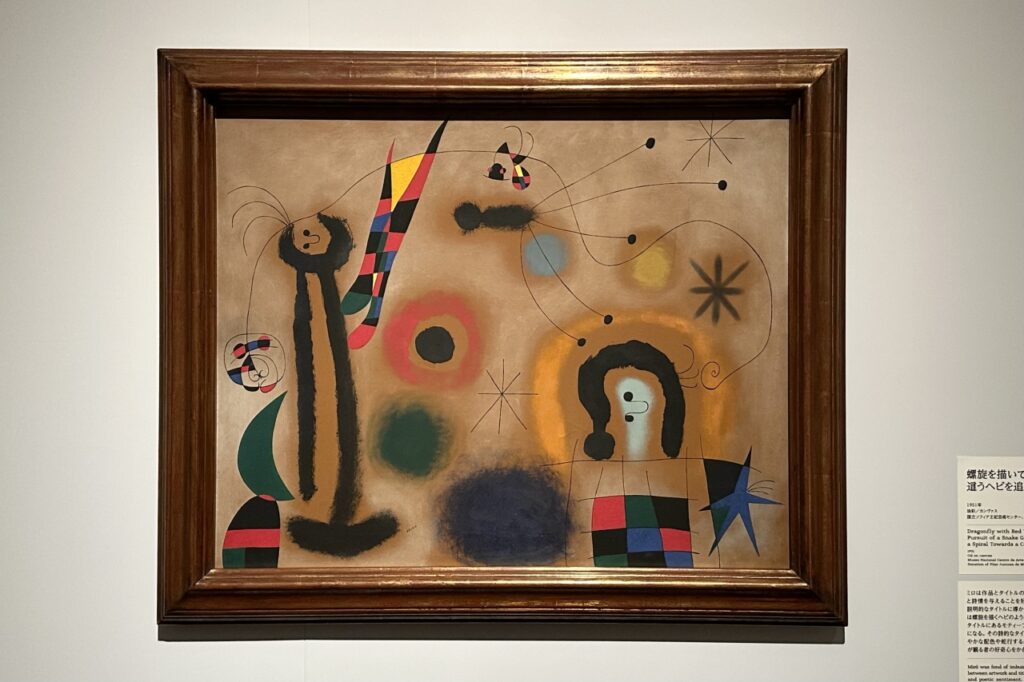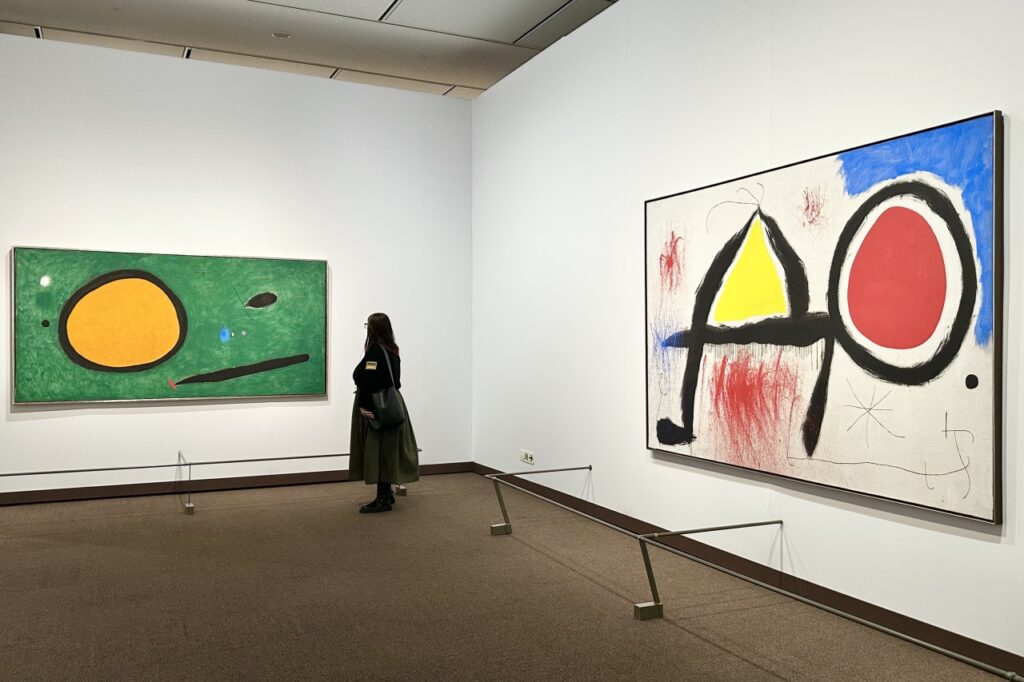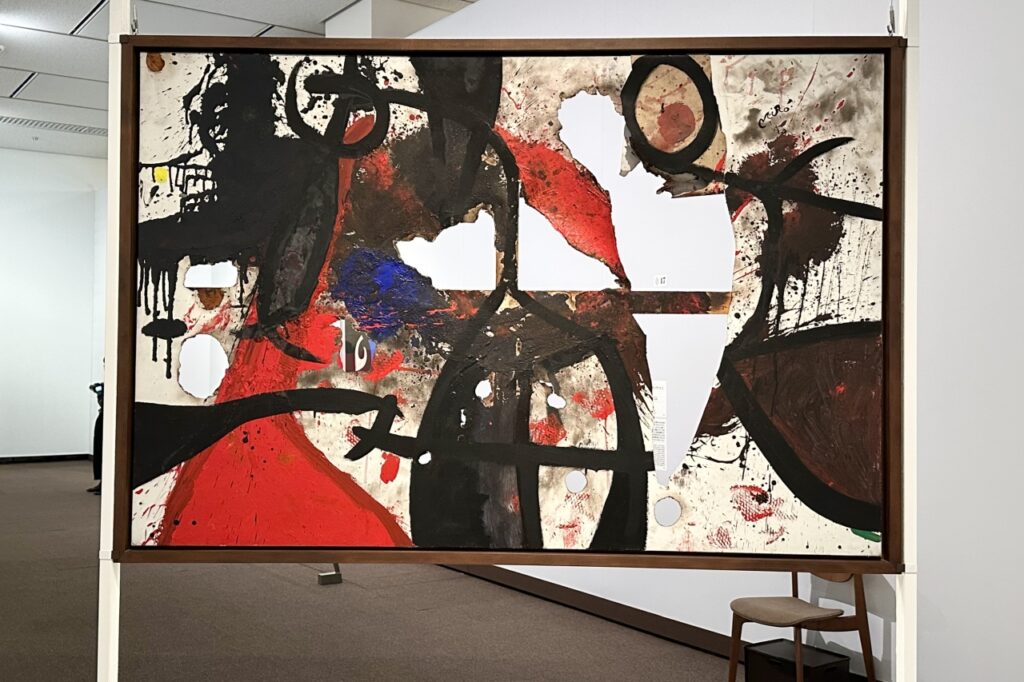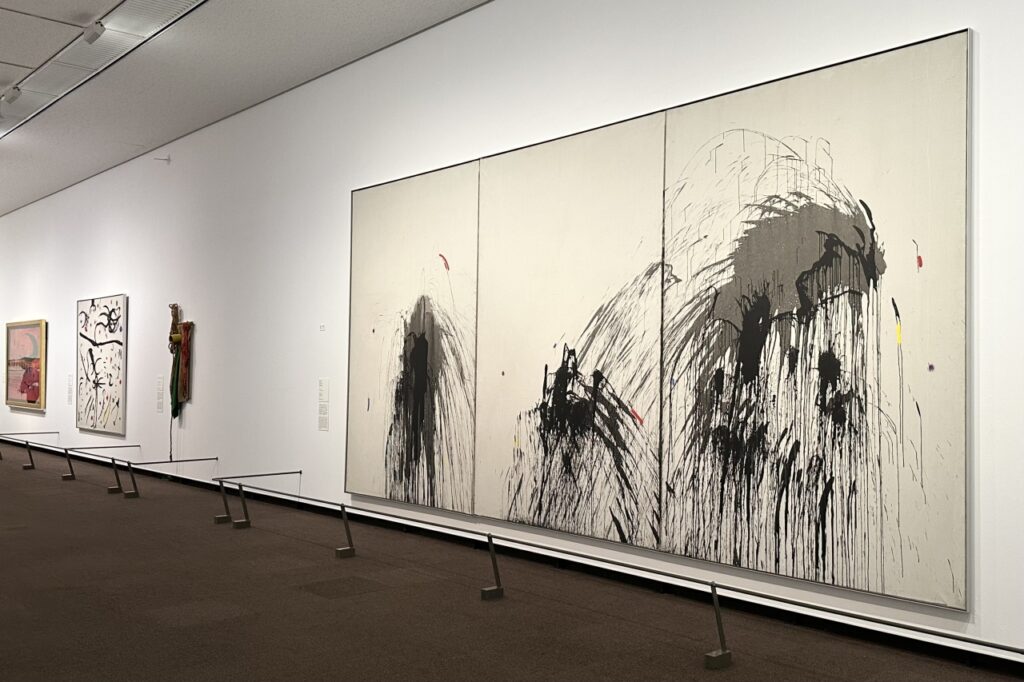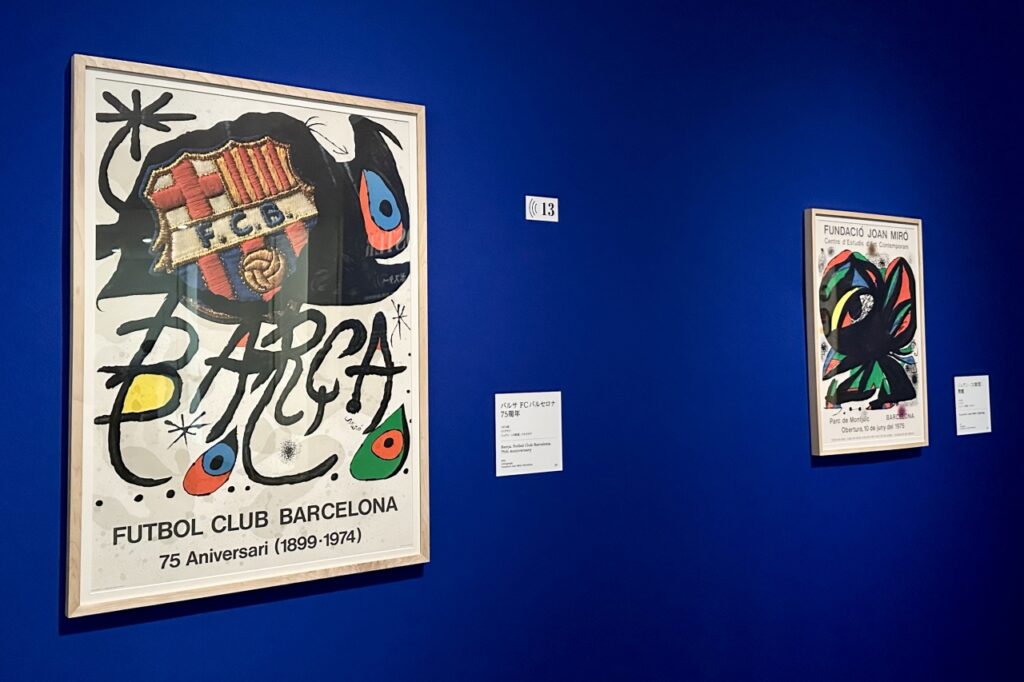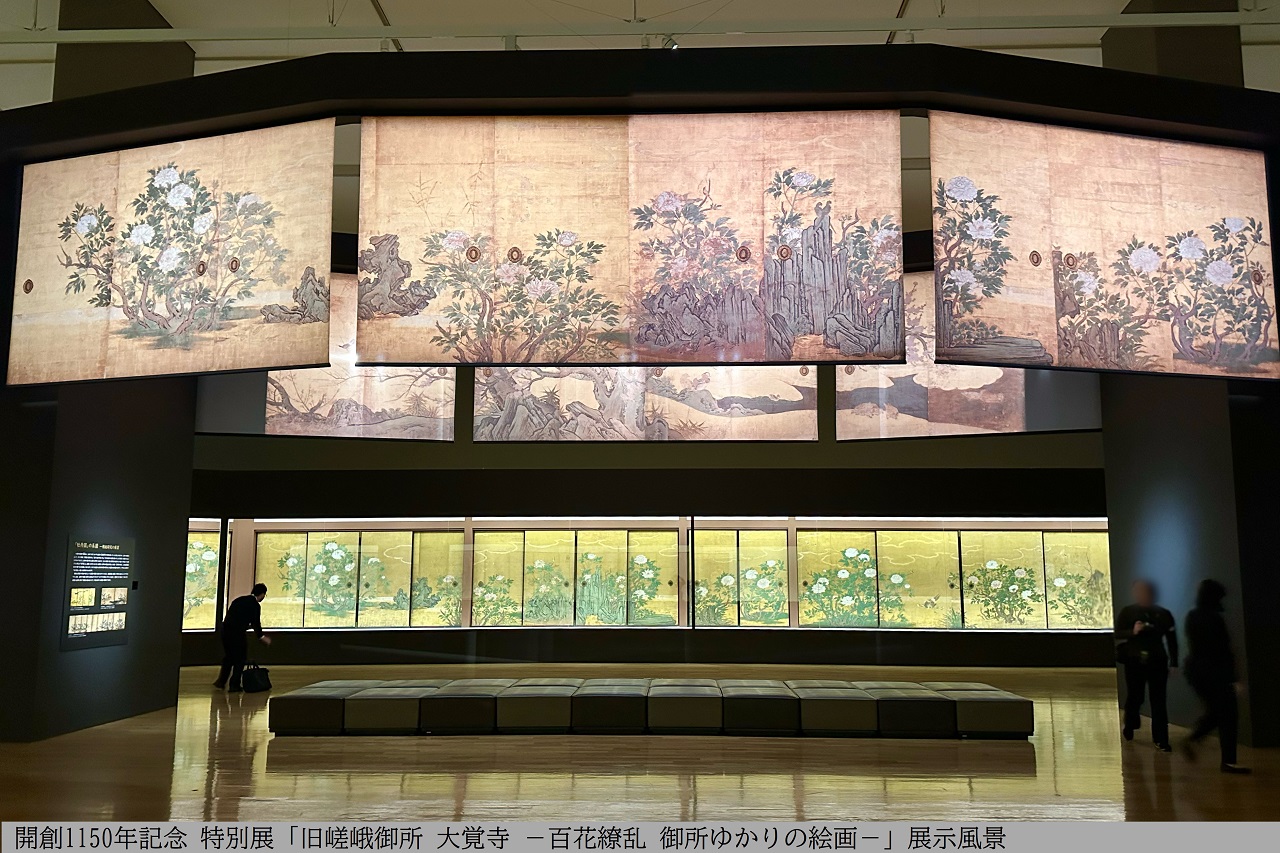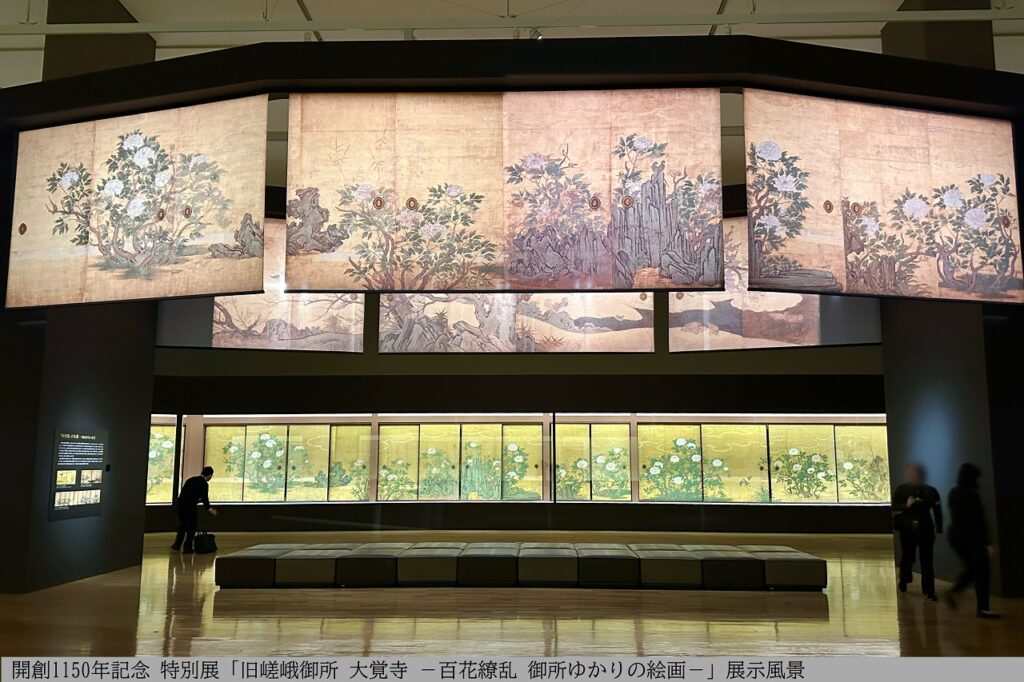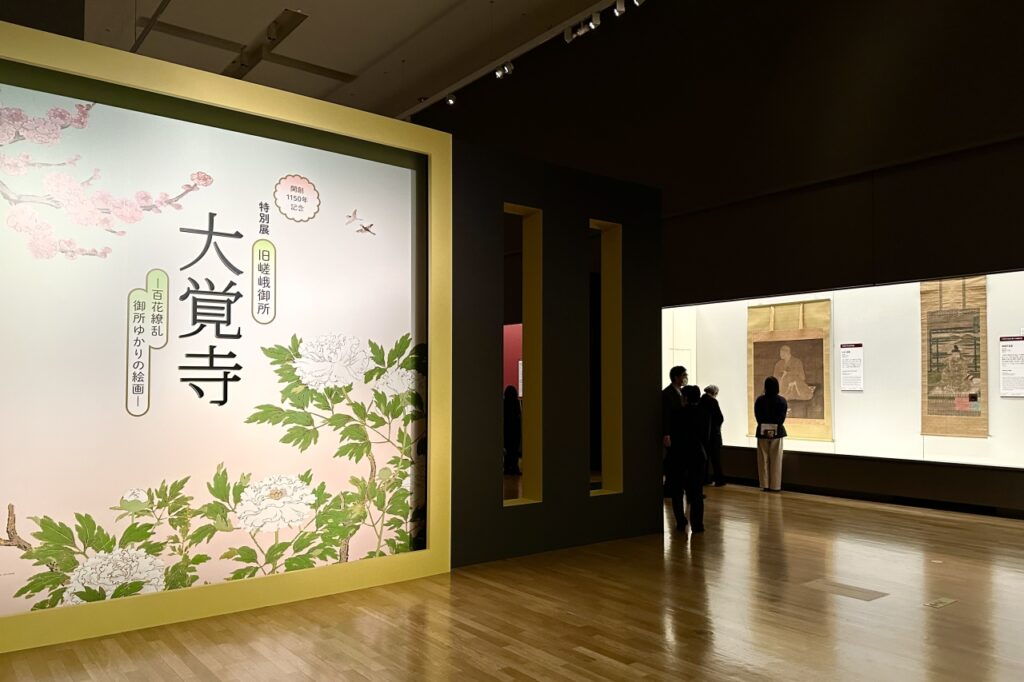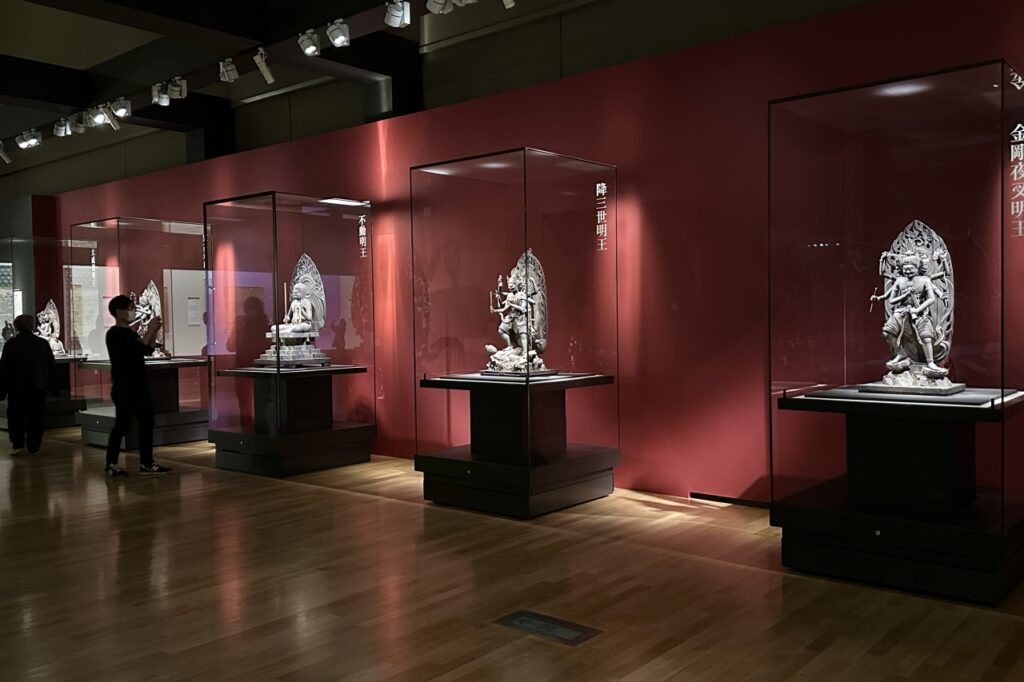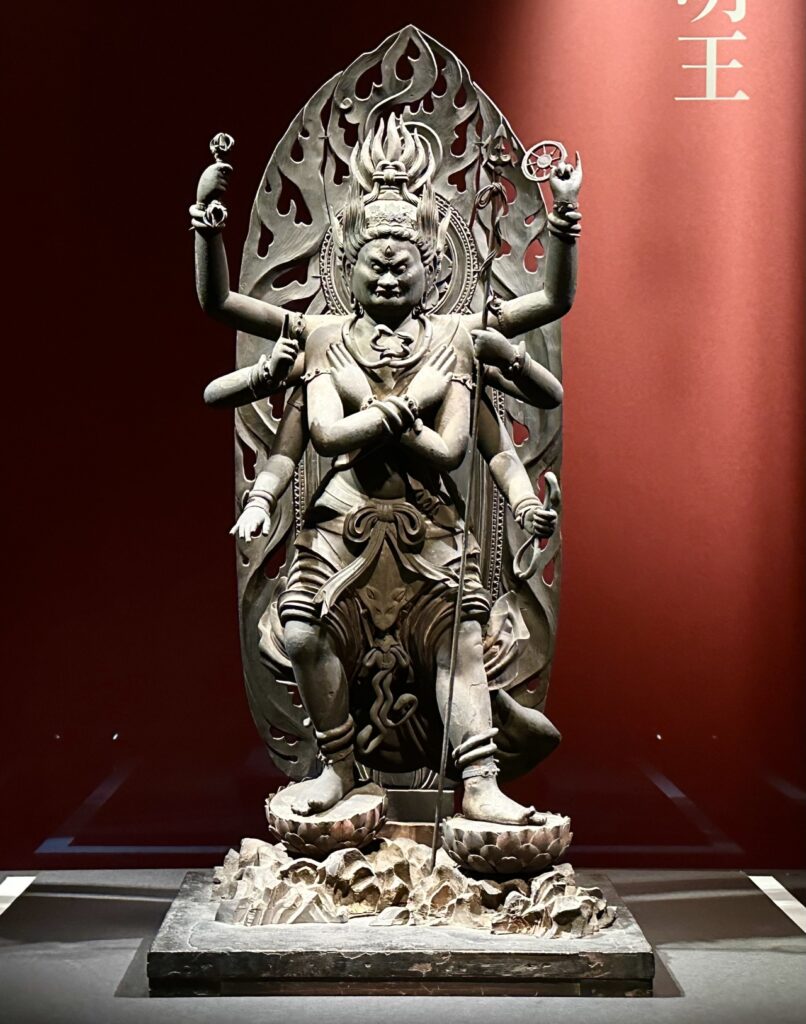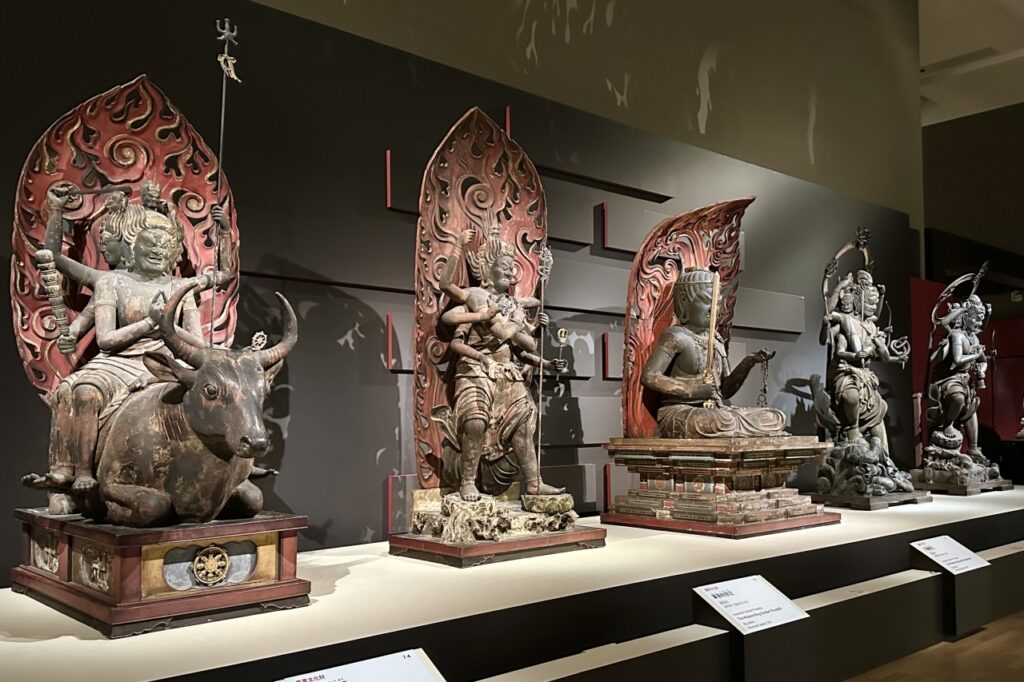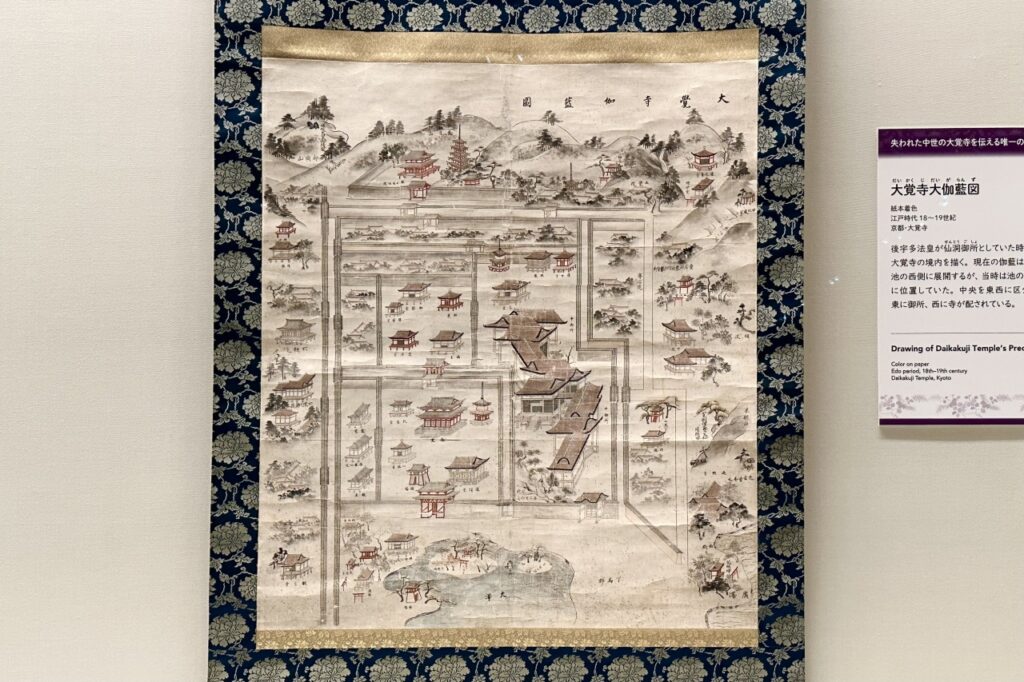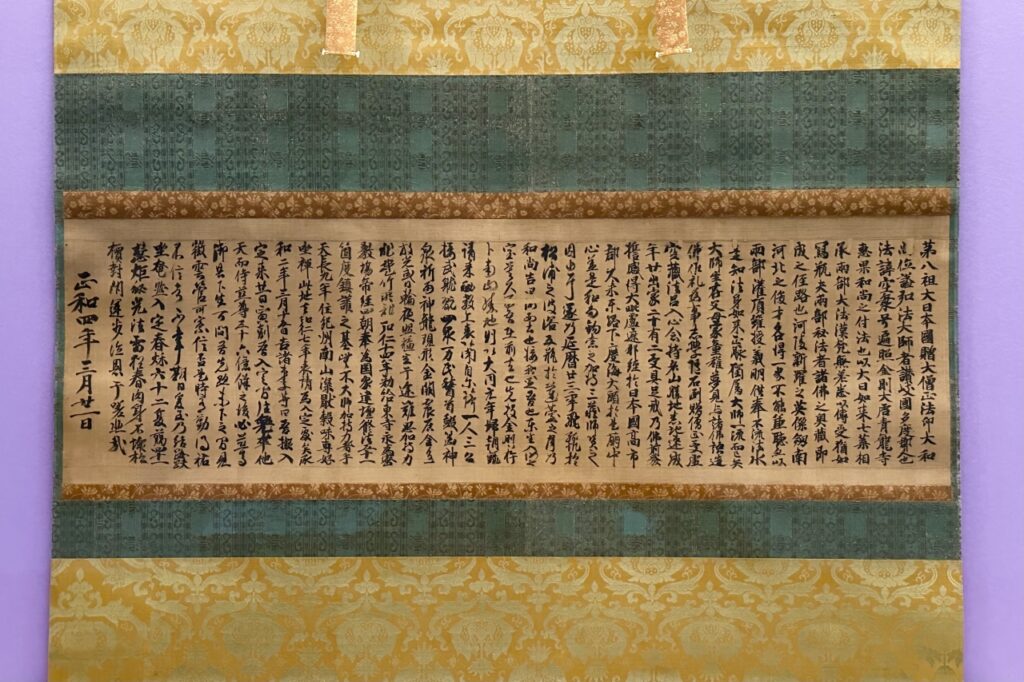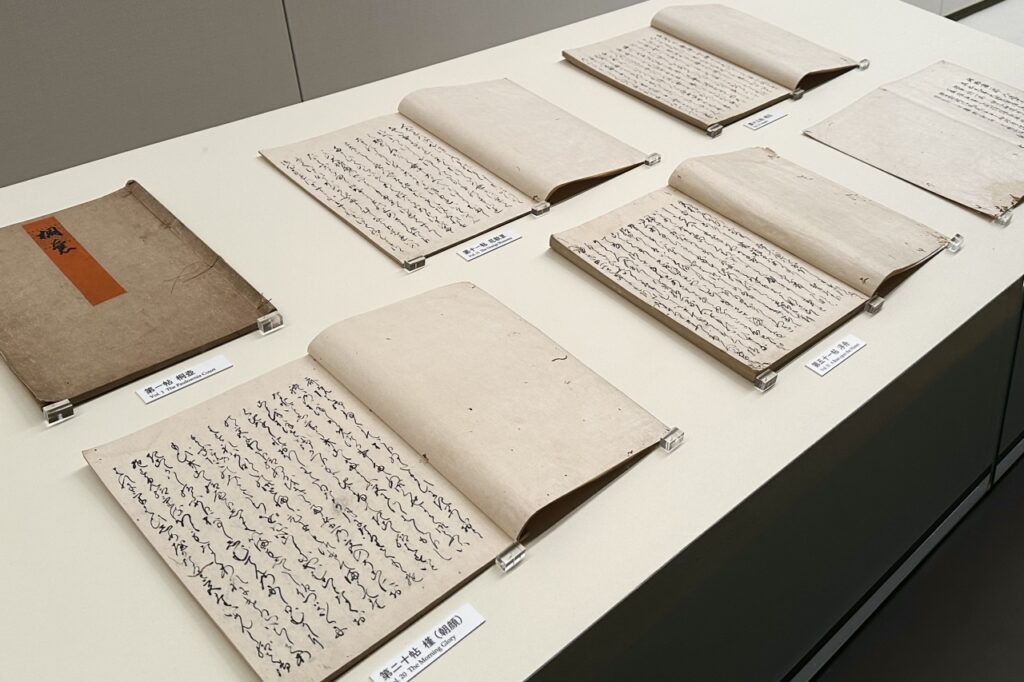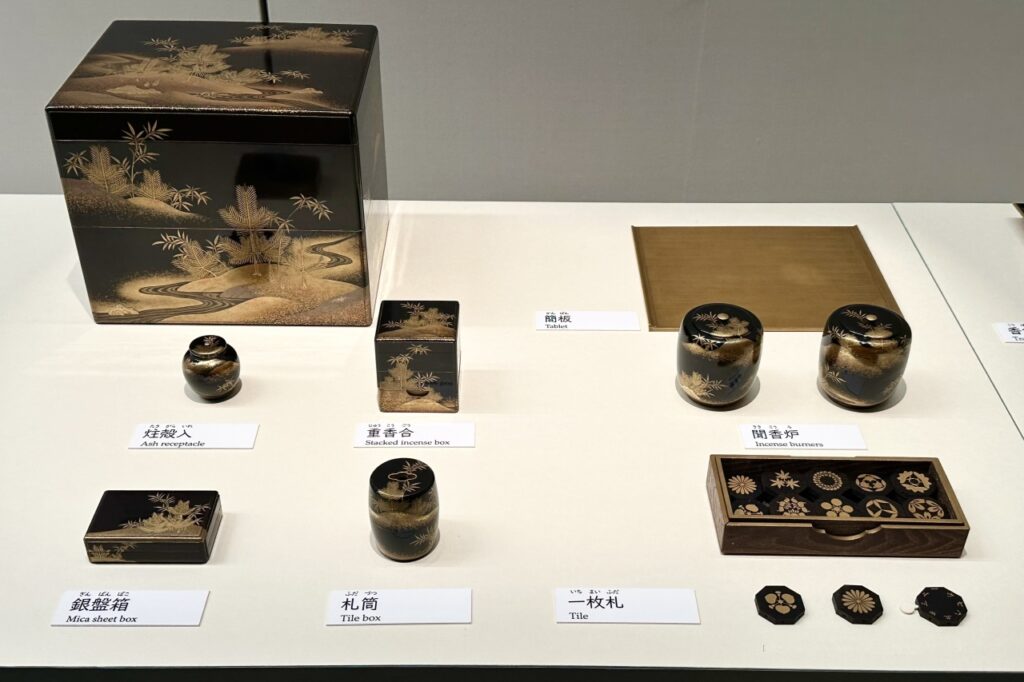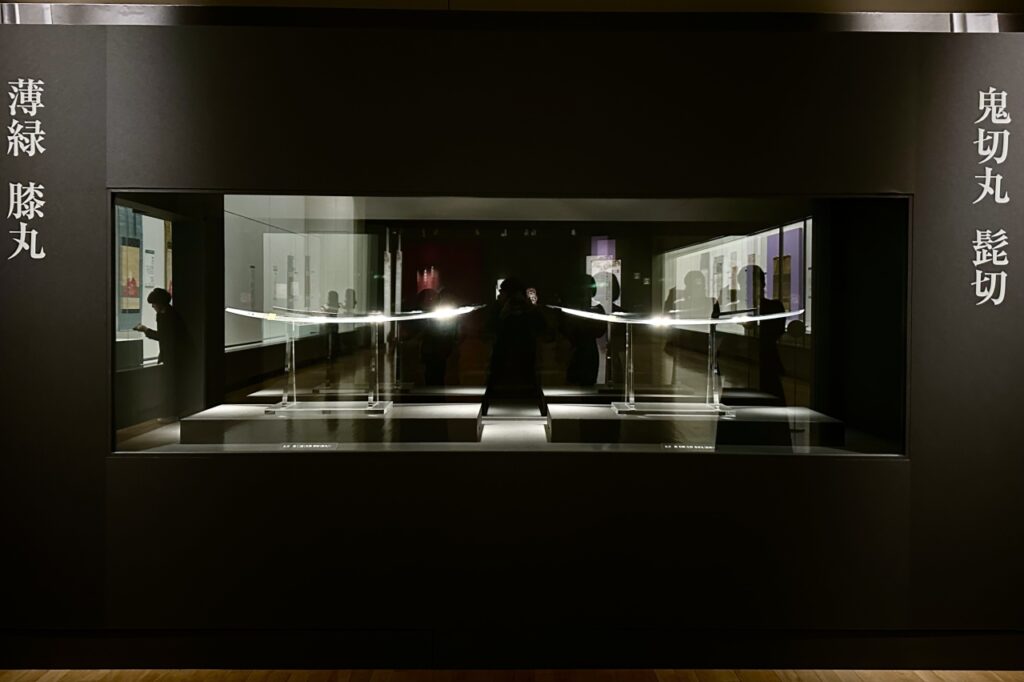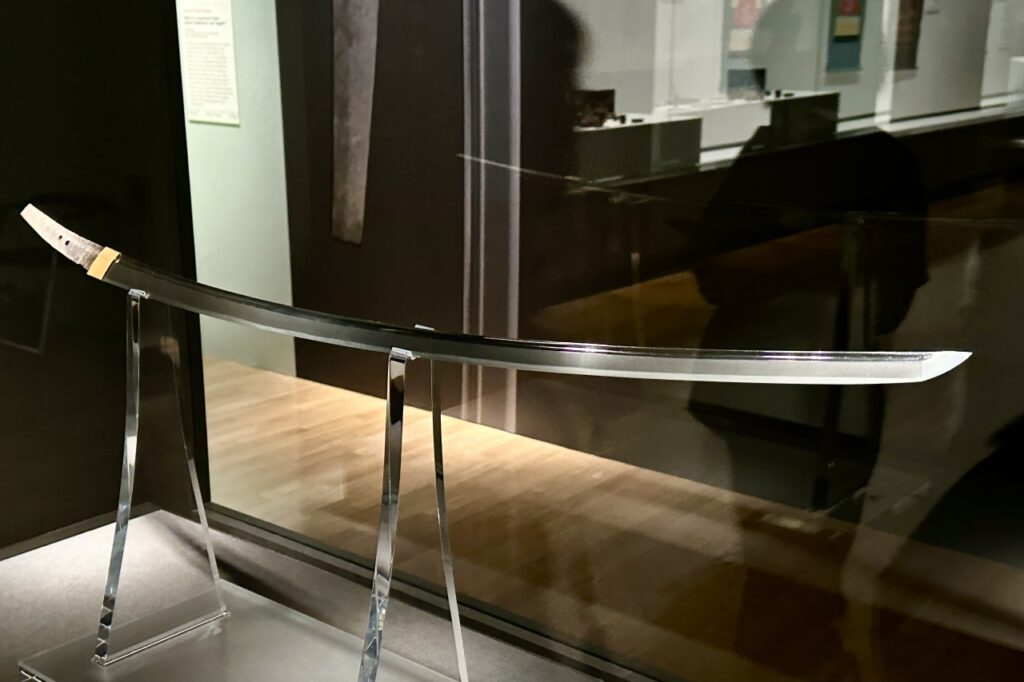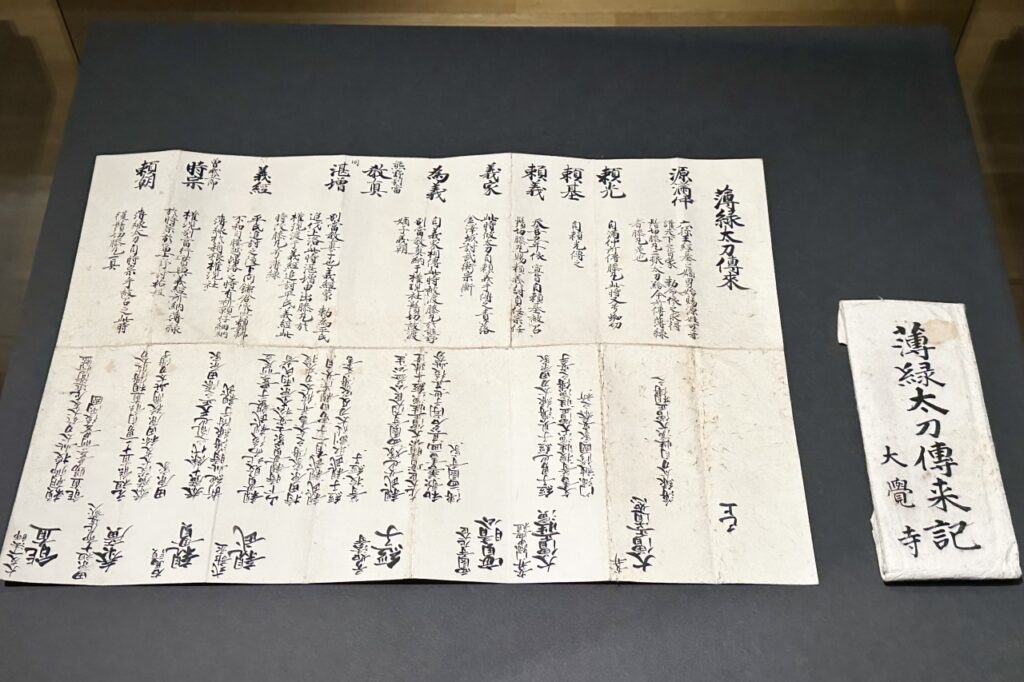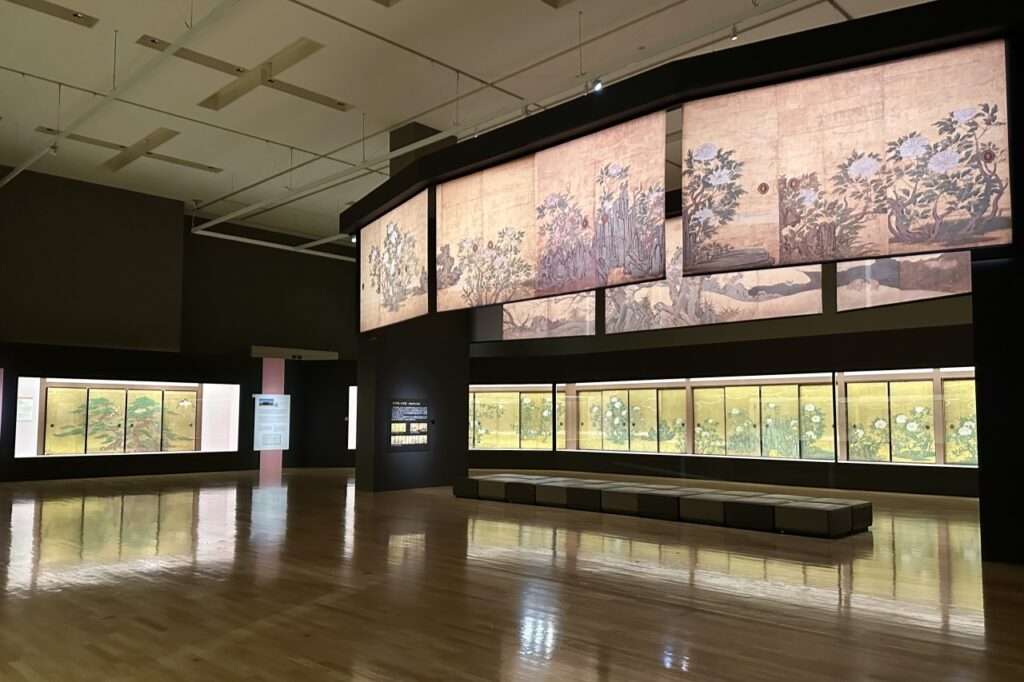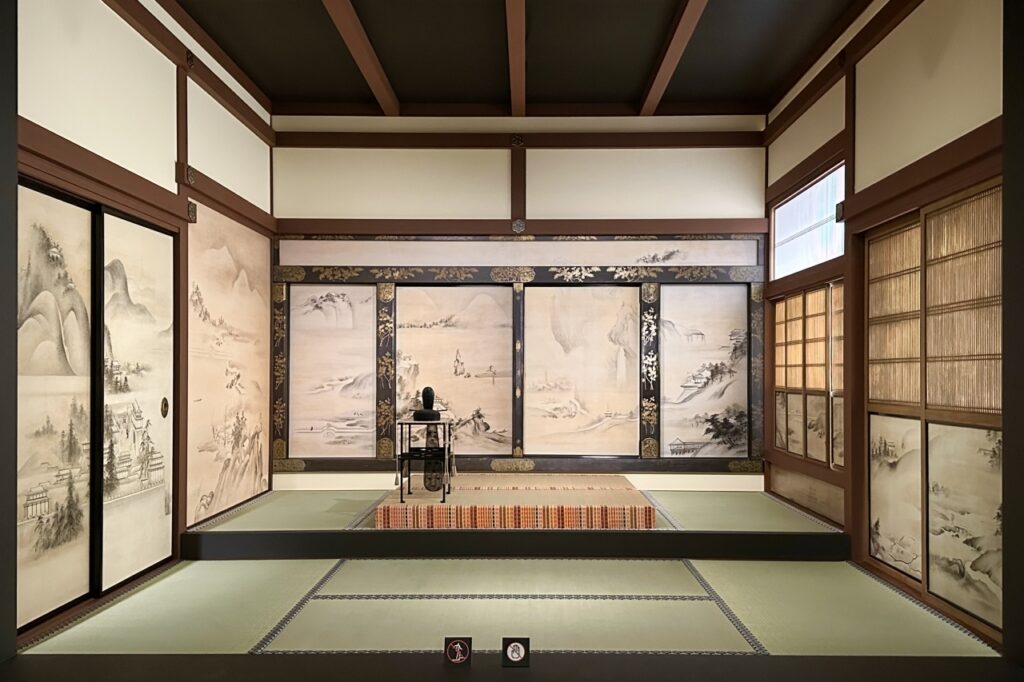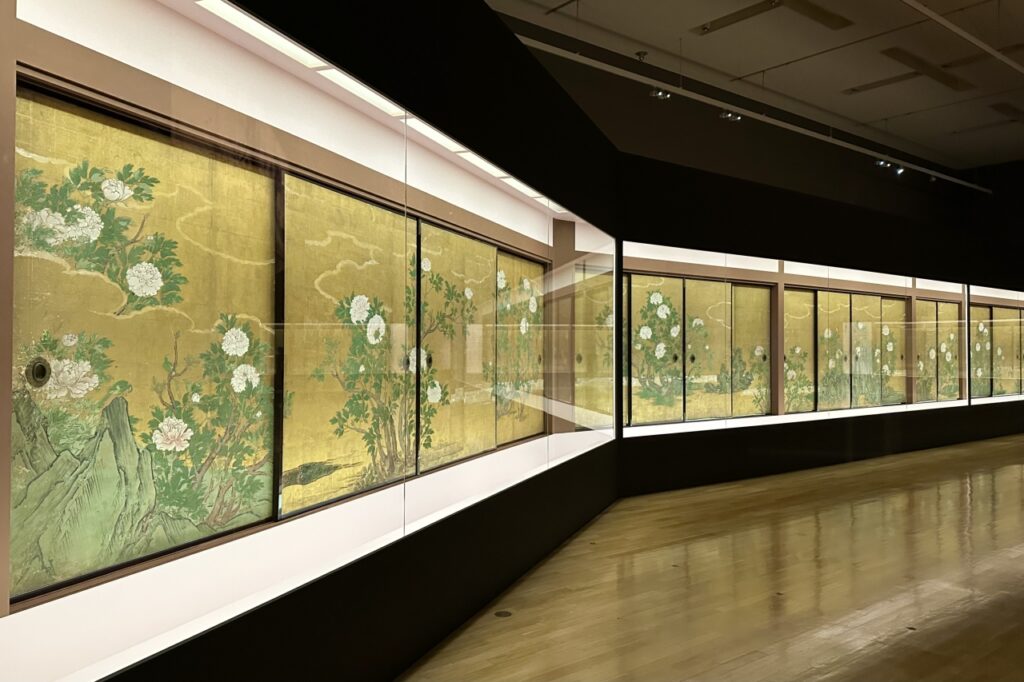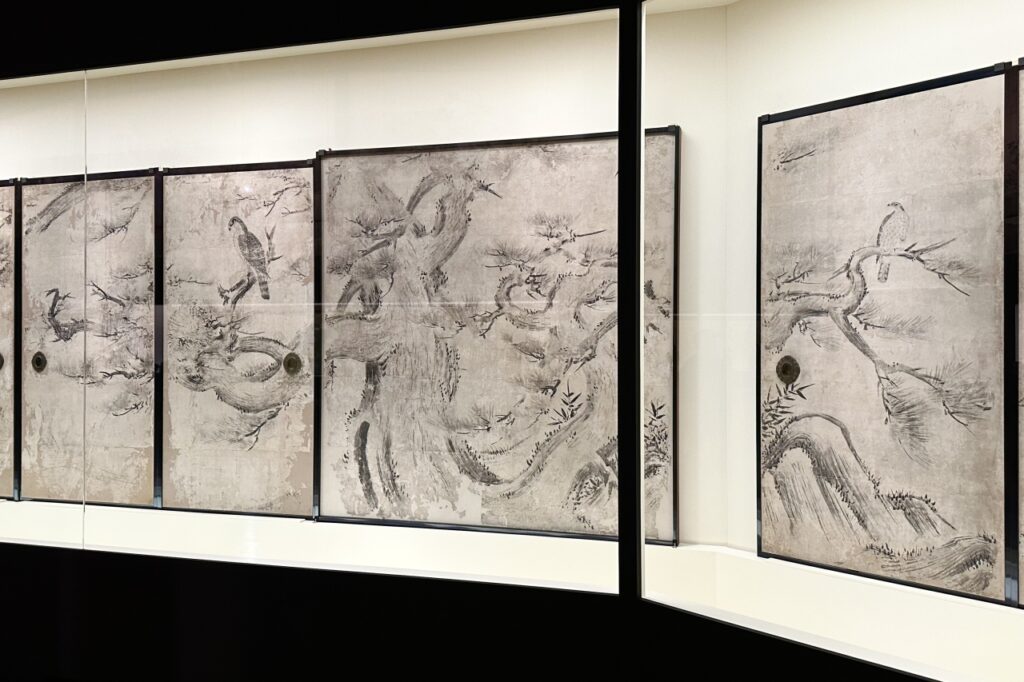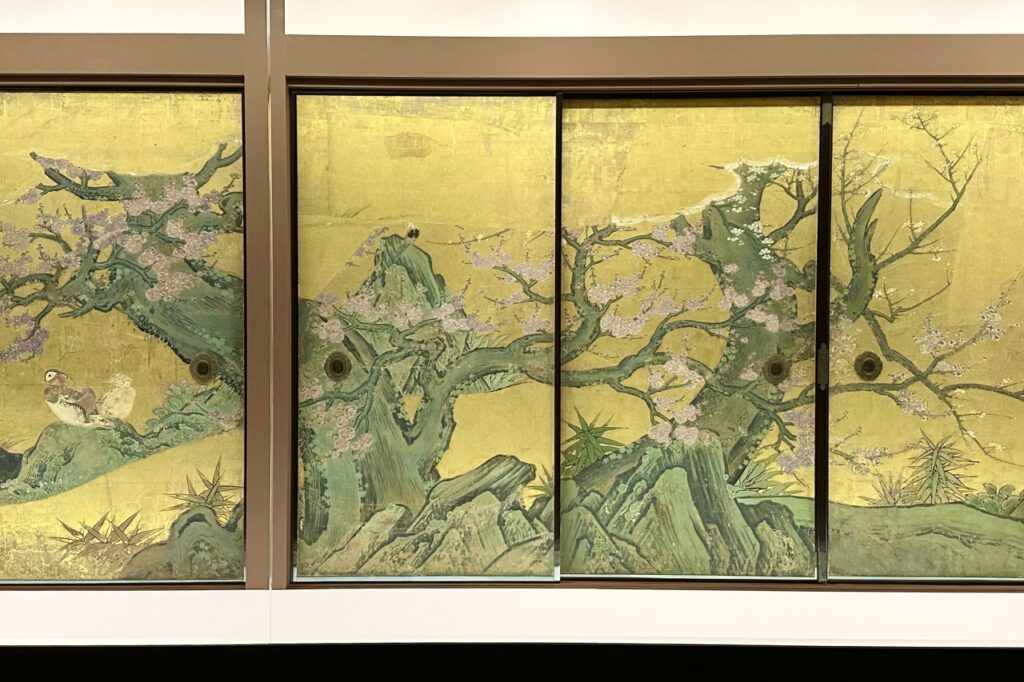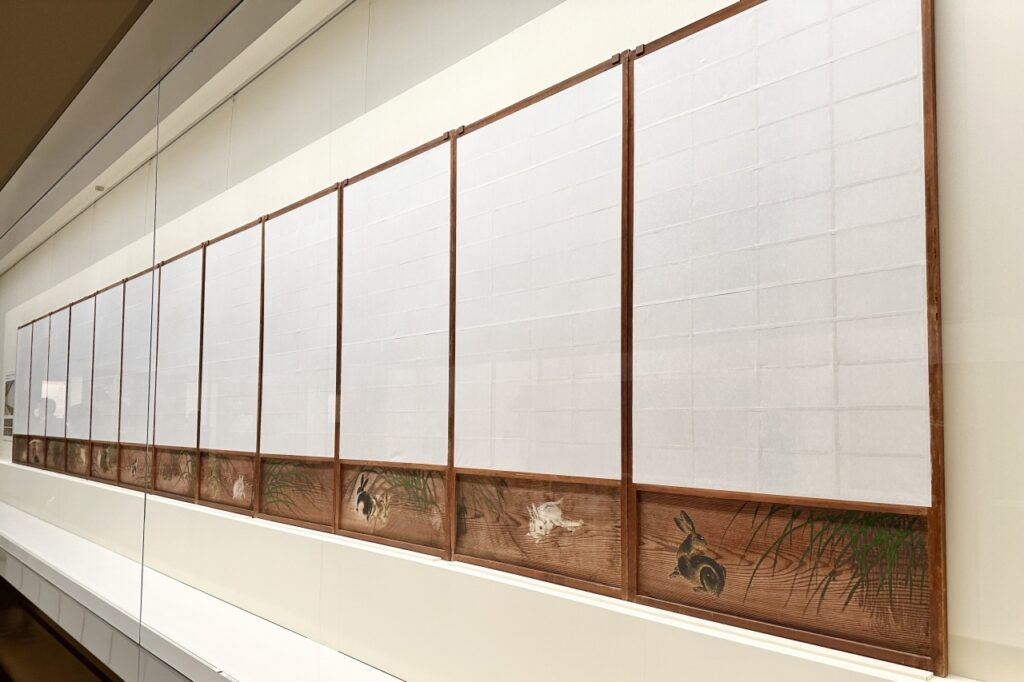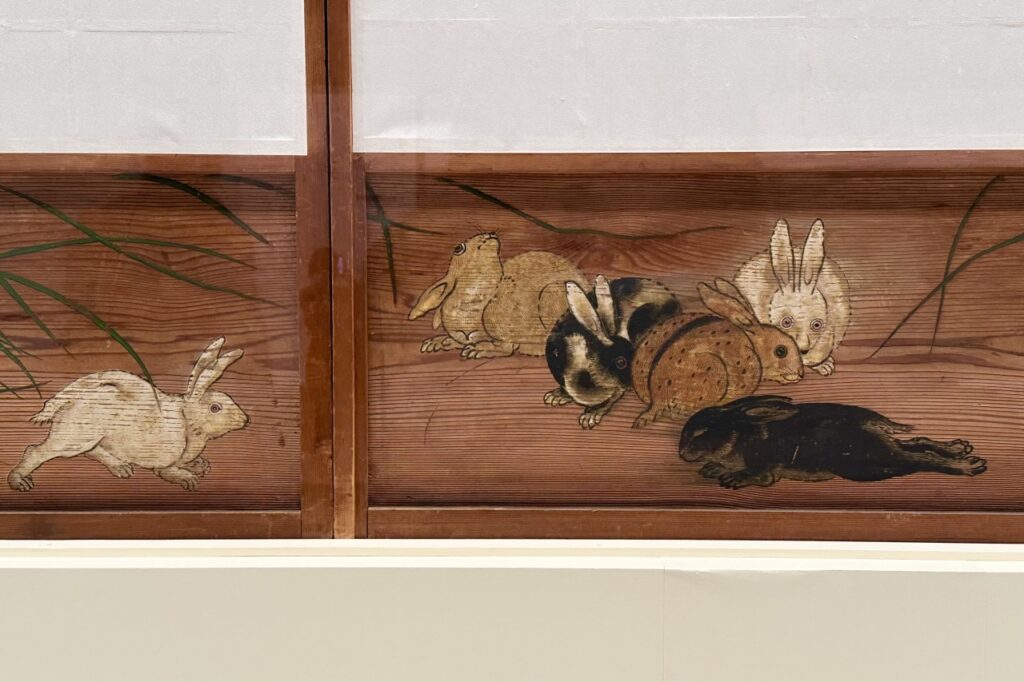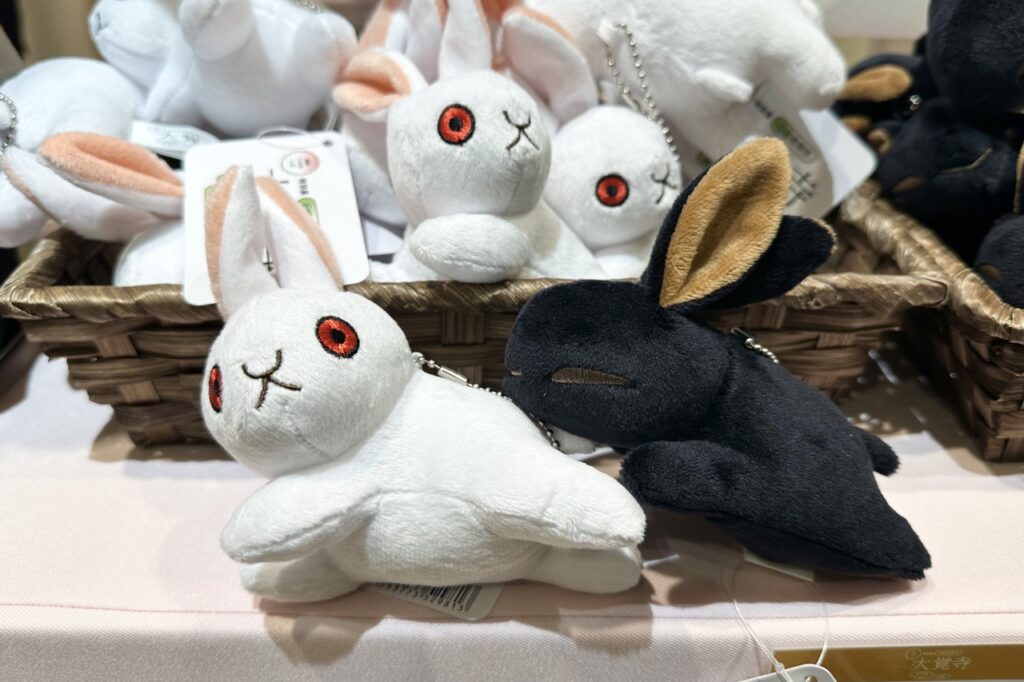National Museum of Western Art
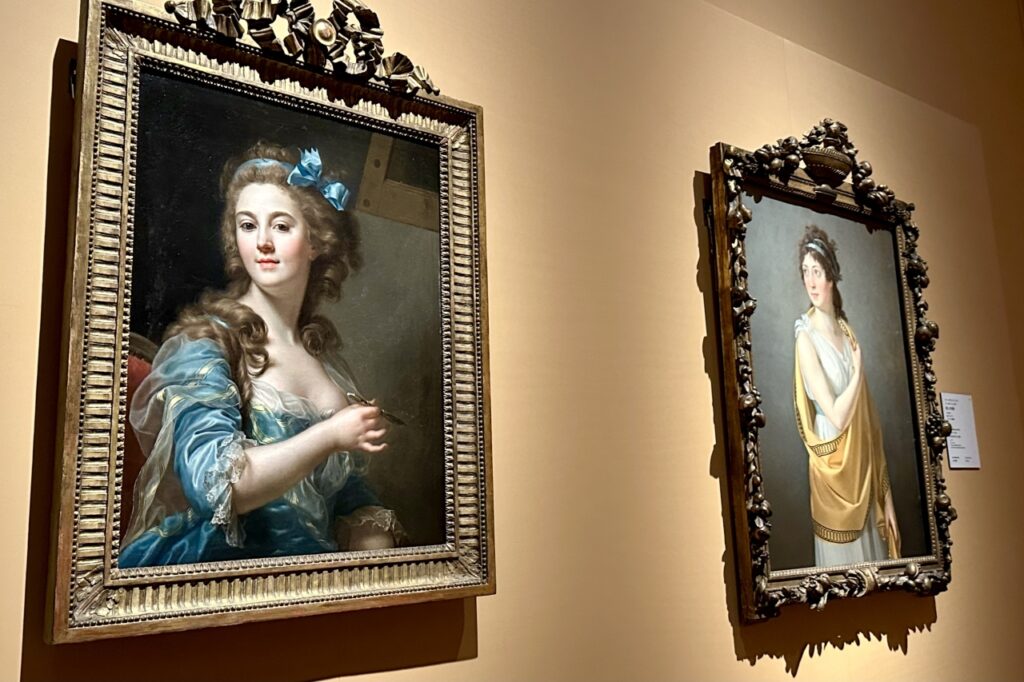
The exhibition “From Renaissance to Impressionism: San Diego Museum of Art vs. National Museum of Western Art” (commonly known as the “Where to See?” exhibition) has opened at the National Museum of Western Art in Ueno, Tokyo. The exhibition will run from March 11 to June 8, 2025.
I attended the press preview that was held earlier, so I’d like to share some photos of the venue.
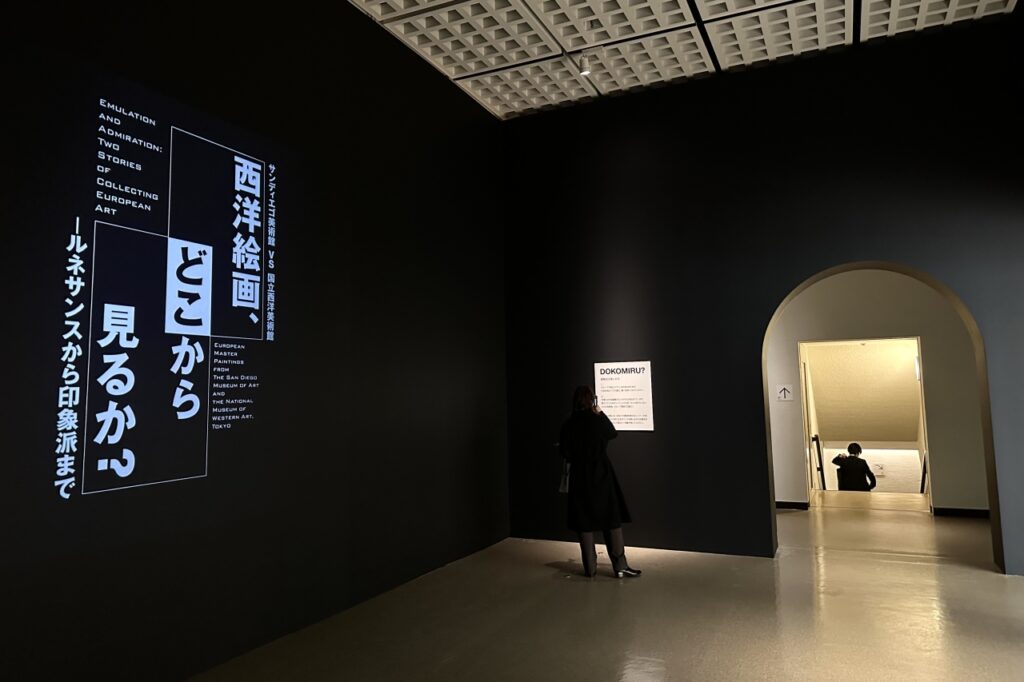
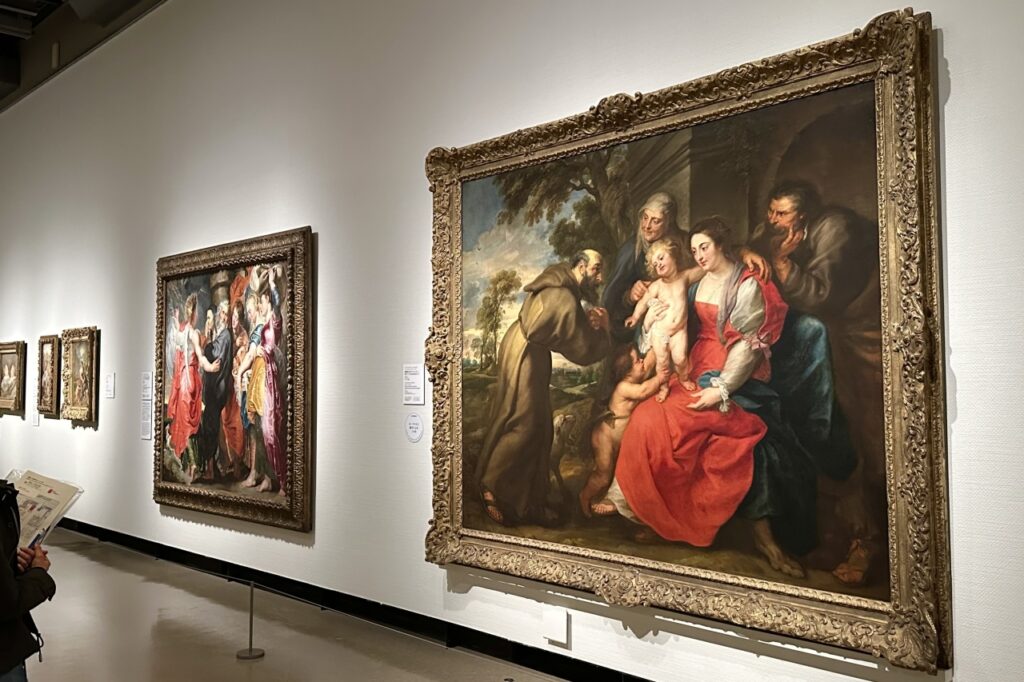
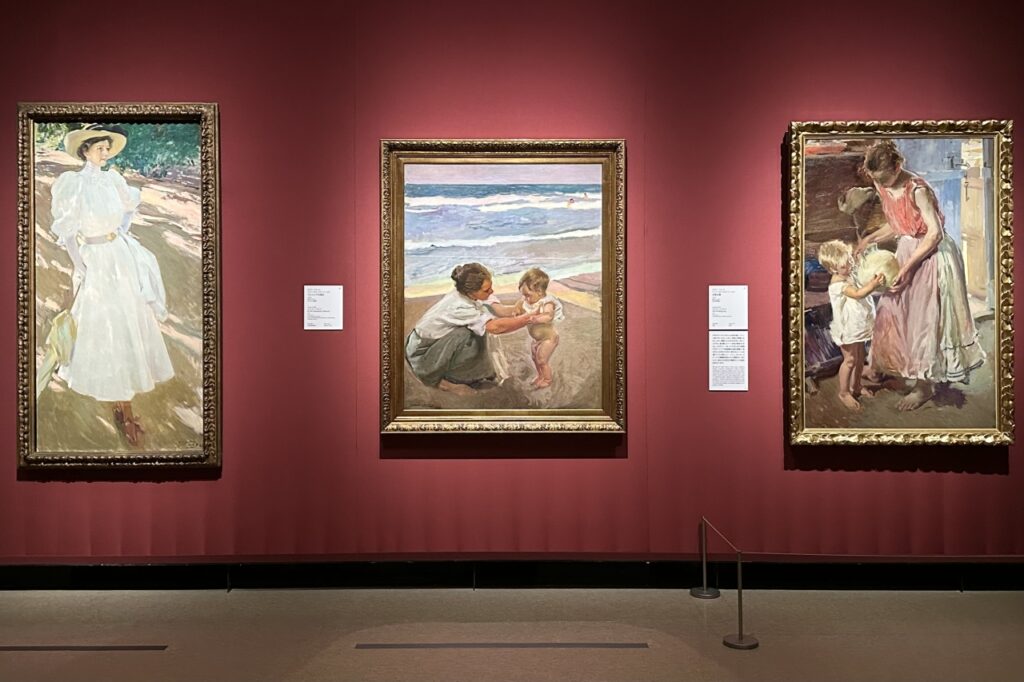
The two museums’ collections interact to explore their appeal from various angles
The exhibition combines a total of 88 pieces from the collections of the San Diego Museum of Art and the National Museum of Western Art in the United States, tracing the history of Western art spanning 600 years from the Renaissance to the end of the 19th century, and offering tips on how to enjoy viewing the works .
The San Diego Museum of Art, one of the earliest art museums to build a comprehensive collection of Western classical paintings in the American West, has focused its collection on Spanish art due to the cultural and historical ties to San Diego, an area founded by Spanish settlement.
Therefore, the exhibition includes many masterpieces of Spanish art, such as “Still Life with Quince, Cabbage, Melon, and Cucumber” by Juan Sánchez Cotán, the father of Bodegón (Spanish still life painting) , as well as works by El Greco, Zurbarán, Sorolla, etc. All 49 pieces brought to Japan from the San Diego Museum of Art will be shown in Japan for the first time .
On the other hand, the National Museum of Western Art has the only systematic collection of Western paintings in East Asia. Regarding the background of the exhibition, curator Yusuke Kawase (Chief Researcher at the National Museum of Western Art) said the following:
“In an art exhibition consisting only of works borrowed from one museum, it is often difficult to understand the context, such as the artist’s personality or the artist’s position in the artist’s artistic career, even if you can appreciate each piece. The same can be said for the permanent exhibition at the National Museum of Western Art. Therefore, this time, we decided to combine the collections of both museums, arrange works by the same artist or subject in groups, and dig deeper . By doing so, we tried to convey the interesting world of Western art, which is often avoided due to the difficulty of the subject and the age of the era, and where to start looking. This exhibition was created with the intention of conveying the interesting world of Western art in an easy-to-understand manner.
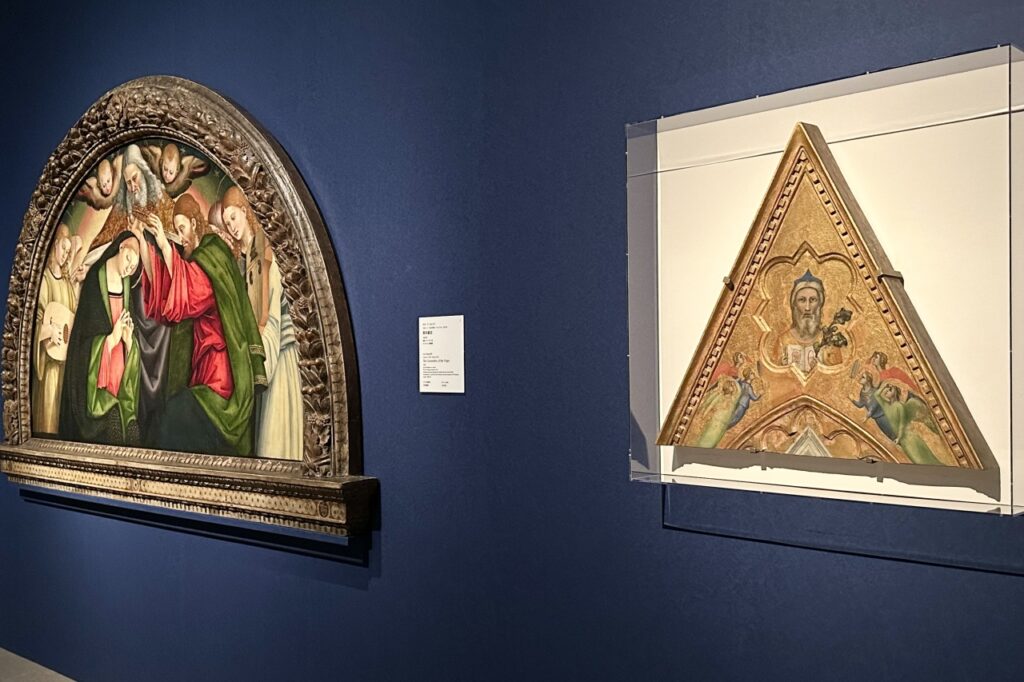
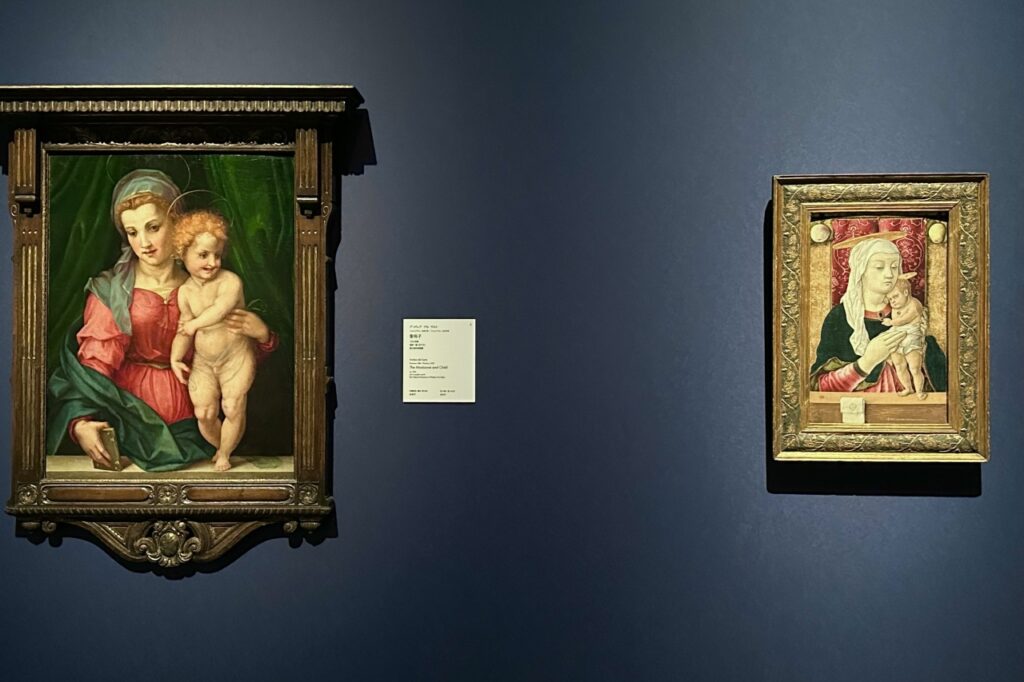
As Kawase mentioned, the exhibition is divided into 36 small themes. For example, in the first chapter, which explores the development of Renaissance painting in Italy and the Netherlands (present-day Belgium and the Netherlands) from Giotto to Bosch (workshop), works by Giorgione (1477/78-1510) and Jacopo Tintoretto (1518-1594) are displayed side by side as “Venetian Renaissance Portraits.”
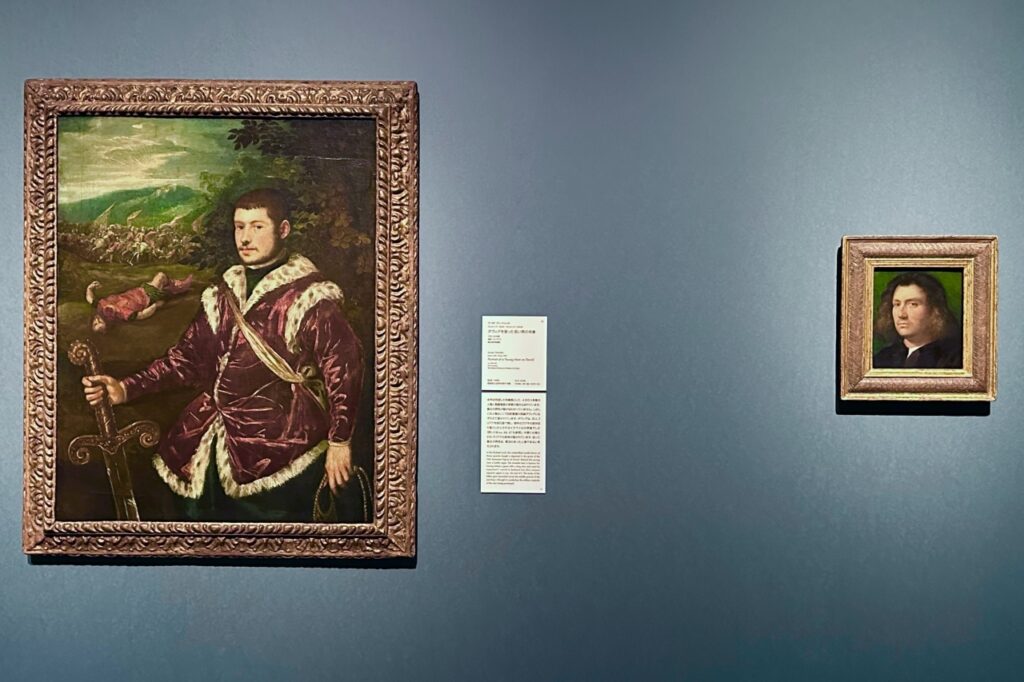
Giorgione died in his early 30s, leaving very few documents and much about him still shrouded in mystery, but he is considered the founder of the High Renaissance style in Venetian painting. His Portrait of a Man (1506), housed at the San Diego Museum of Art, is a small piece but one of the masterpieces of Renaissance portraiture. With its precise depiction of physical features and soft shading, he achieved revolutionary realism.
On the other hand, Tintoretto is considered one of the three great masters of 16th century Venetian painting after Giorgione’s death, alongside Titian and Veronese. By displaying his “Portrait of an Old Man” (c.1550) from the San Diego Museum of Art and “Portrait of a Man Disguised as David” (c.1555-1560) from the National Museum of Western Art alongside Giorgione’s works, the exhibition shows, with accompanying explanatory text, how Tintoretto developed the technique used by Giorgione to express volume through color gradations.
A masterpiece by Spain’s most important still-life painter, who influenced Goya and Picasso, is coming to Japan
Chapter 2, which introduces the characteristics of 17th century Baroque art by region, features the highlight of the exhibition , Still Life with Quince, Cabbage, Melon and Cucumber (c.1602) by Juan Sánchez Cotán (1560-1627).
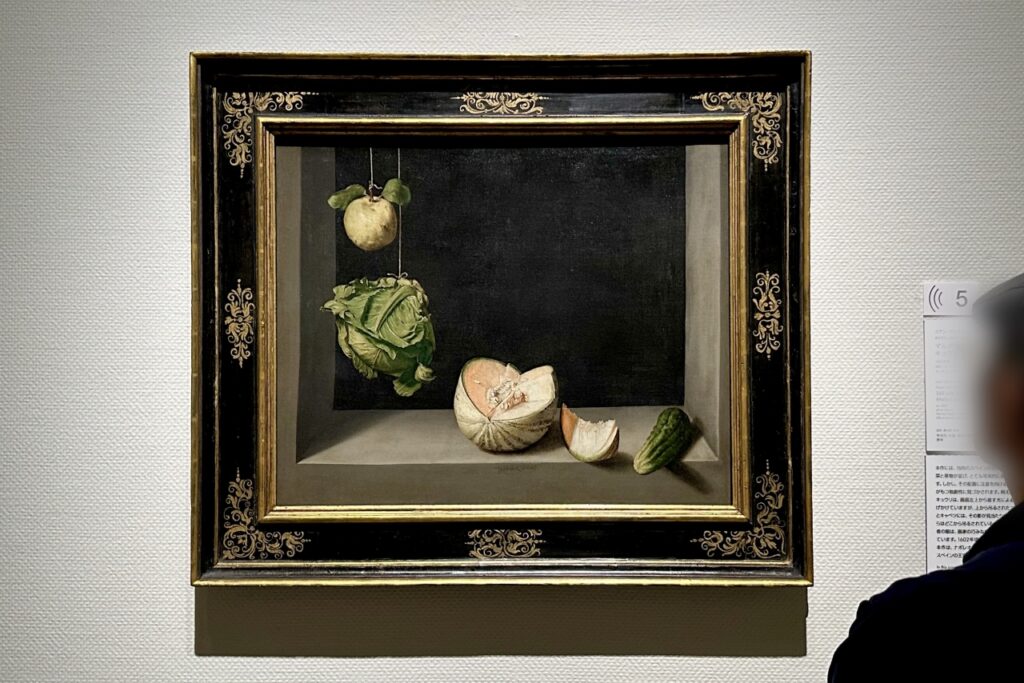
From the end of the 16th century to the beginning of the 17th century, still-life paintings began to be painted independently all over Europe, and in Spain, the “bodegón” style of still-life painting, which focuses on motifs related to food and the dining table, developed in particular. The painter Sánchez Cotán, who was active in Toledo around 1600, devised a unique compositional technique in which a small number of common vegetables and fruits are arranged on a stone frame, as seen in this work, and lit with spotlight-like light to accentuate the contrast between light and dark. This established the typical form of Spanish still-life painting that would continue to be used for a long time.
Commenting on the appeal of this work, curator Michael Brown (Curator of European Art at the San Diego Museum of Art), said , “At first glance it appears to be a simple composition, but the single blank space of darkness in the center exudes infinite elements and a mysterious, unreachable atmosphere.”
Kawase described this work as “the most balanced of the six surviving still lifes by Sánchez Cotán, and a masterpiece that clearly conveys the solemnity and serenity that are unique to Sánchez Cotán,” and said, “The fact that this work is coming to Japan is a major event in itself .”
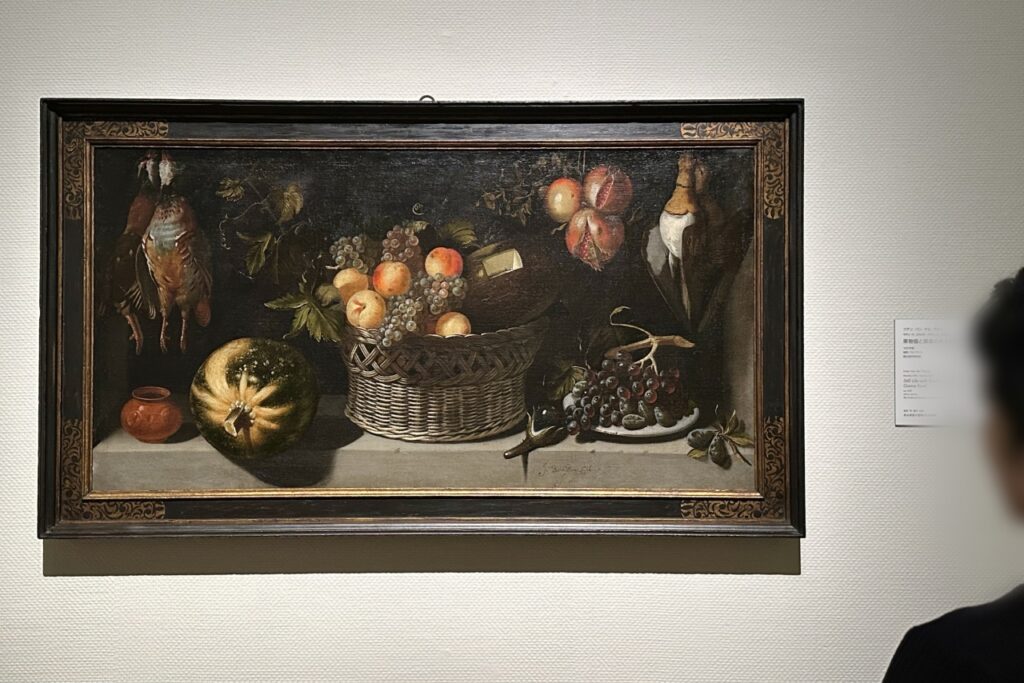
For comparison, there is the gorgeous and decorative Still Life with Basket of Fruit and Game Birds (c.1621) by Juan van der Ament (1596-1631), who represented the next generation after Sánchez Cotán, and the Lamb of God (c.1635-40), which evokes quiet meditation and prayer, by Francisco de Zurbarán (1598-1664), also known as the “monk painter” for his many portraits of saints. In both compositions and devices, it is clear that they have inherited the tradition from Sánchez Cotán.
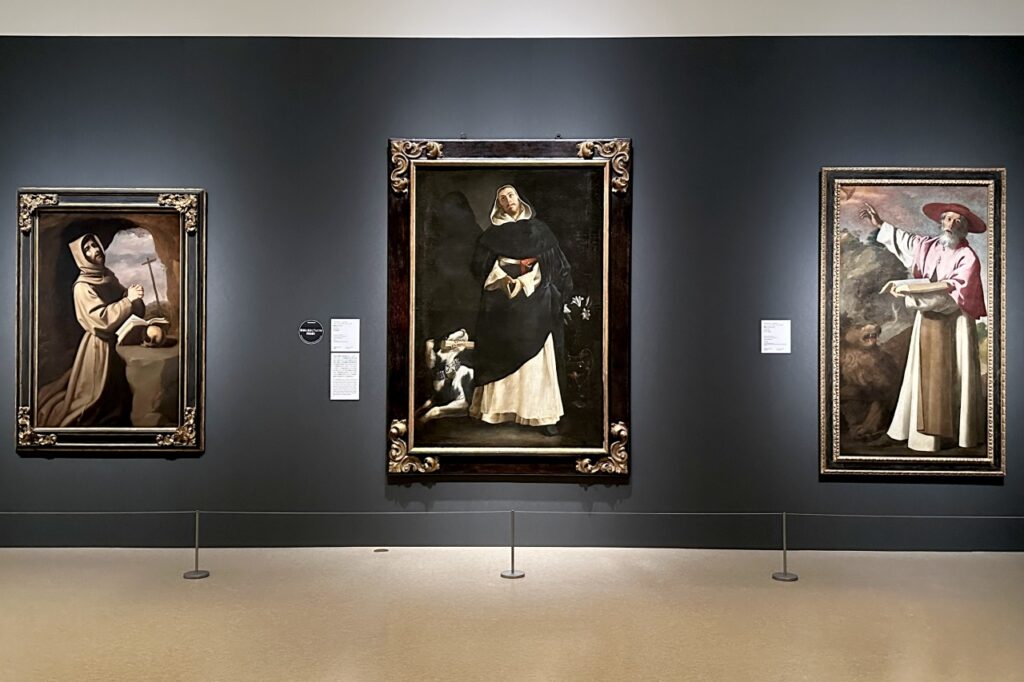
As for Zurbarán, the exhibition also presents four of his works, including his specialty, the large, single-figure Saint Dominic (1626-27), and the masterpiece of his mature period , the Virgin and Child with Saint John (1658), which is full of compassion. It succinctly shows the development of his artistic career, from a profound, sculptural realism to sweet, idealized expressions, as if wrapped in a veil of light. There is always an elegance and serenity present, and one can sense the artist’s consistent aesthetic sense.
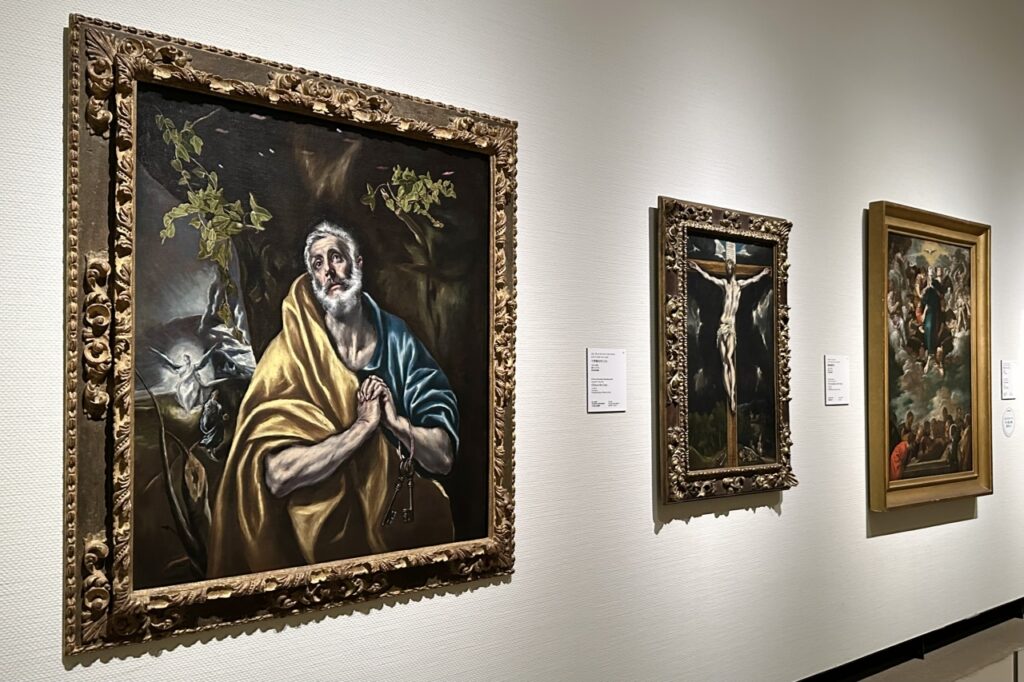
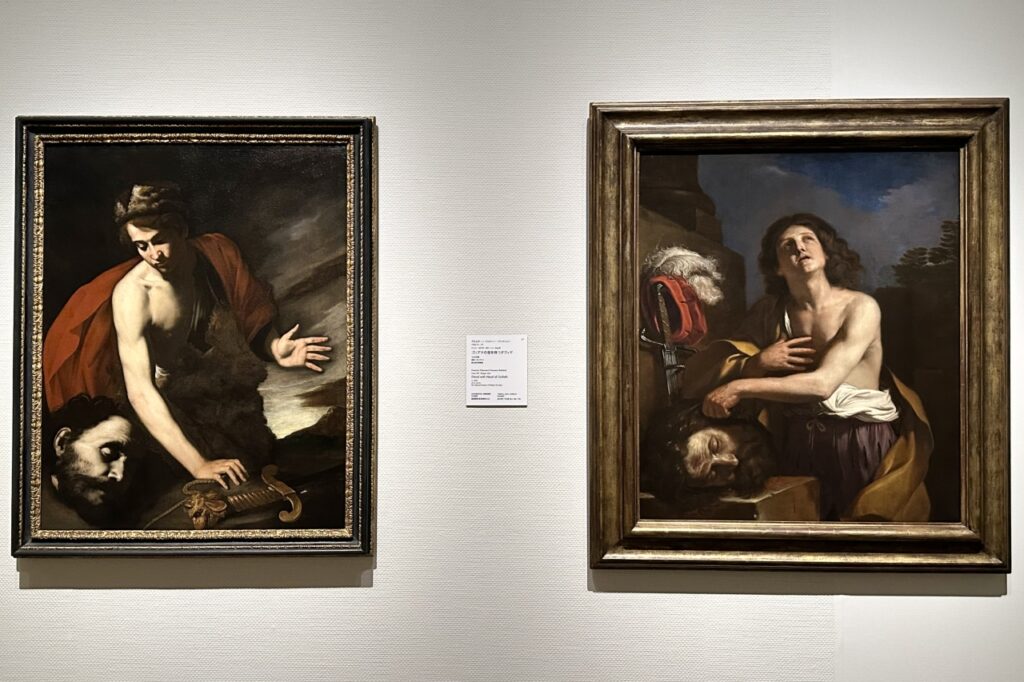
Real Venice and Imaginary Rome: Cityscape Paintings Developing in Different Directions in Italy
Chapter 3 focuses on the development of Italian and French paintings, which led 18th century art, and examines the characteristics of each genre of landscape, portrait, and genre painting. Here, a comparative display of cityscape paintings in Venice and Rome is eye-catching.
In the 18th century, the Grand Tour was popular in England and countries north of the Alps, where the children of the upper classes traveled to various European cities, including Italy, the source of European civilization, to acquire cultural knowledge. One of the souvenirs they sought when returning home was cityscape paintings, known as vedota, which flourished in Venice and Rome, the two major centers of the Grand Tour.
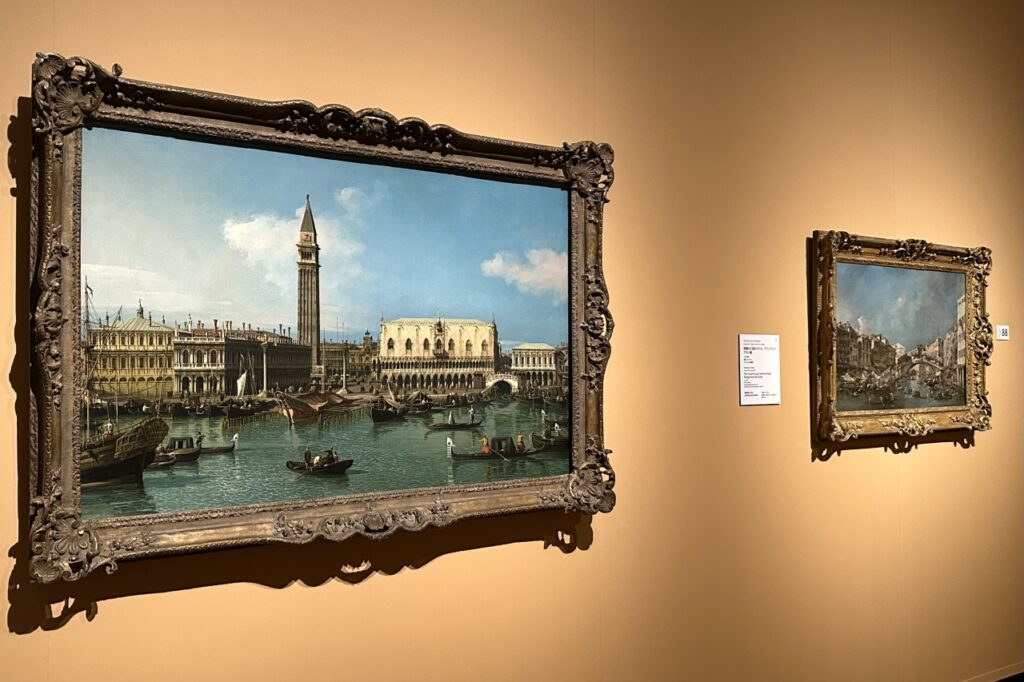
As for cityscape paintings of Venice, the exhibition introduces works by Bernardo Bellotto (1721-1780) and Francesco Guardi (1712-1781), who are considered to be the three great masters of Venetian painting alongside Canaletto. Both of them depict the iconic scenery of the magnificent water city in a manner that appears largely realistic. In contrast, the exhibition on Rome, although also in Italy, moves away from recreating specific locations and presents a nostalgic world that blends reality and fantasy.
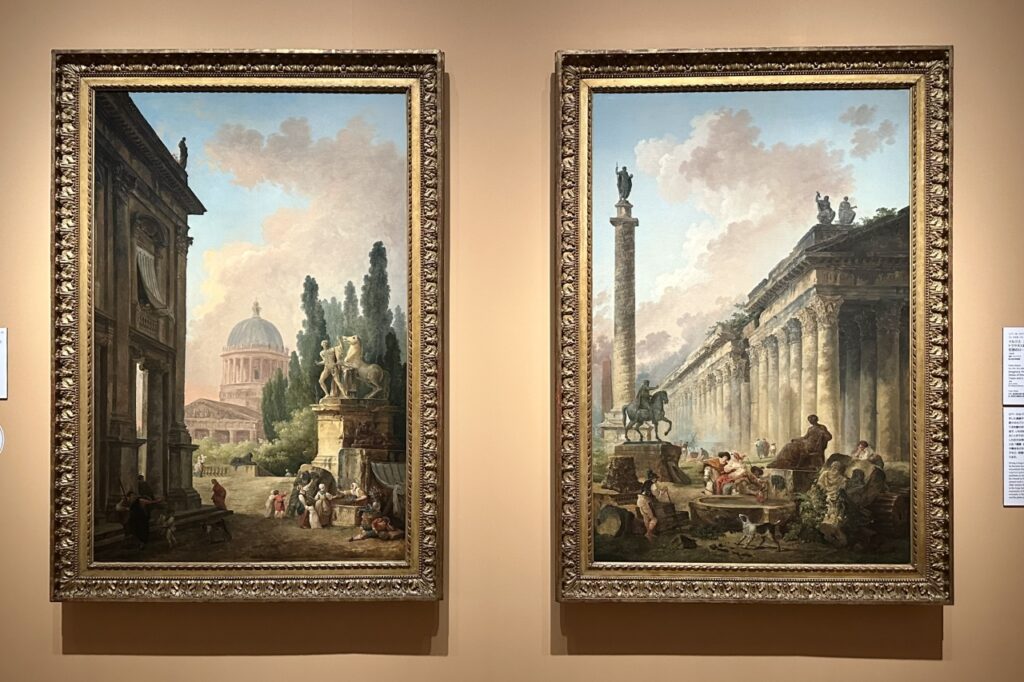
For example, in a pair of landscape paintings by Hubert Robert (1733-1808), who became famous as “Robert of the Ruins,” Robert brings together famous ancient works that are actually in different locations, such as the Equestrian Statue of Marcus Aurelius in the Piazza del Campidoglio and Trajan’s Column, and also includes a huge temple that is probably a product of the imagination. Since the people in the painting are dressed in 18th-century clothing, the works are thought to strongly reflect the perspective of people at the time, who wanted to enjoy ancient buildings as ruins.
These are known as “capriccio” (fantastic paintings) among cityscape paintings. The streets of Rome, with its many crumbling and weathered ruins and historical buildings, seem to have been an important source of inspiration for painters, stimulating the imagination of travelers with their free-spirited ideas. Venice goes for realism, Rome for fantasy. It is clear how much influence regional characteristics have had on the rise of painting genres.
Understanding the transition from Loroco to Neoclassicism through two female painters: Capet and Benoist
In Chapter 3, there is a comparative exhibition of portraits by two female painters, Marie-Gabrielle Capet (1761-1818) and Marie-Guillemine Benoît (1768-1826), which clearly shows the change in aesthetic values in 18th century France, from the glamorous and aristocratic Rococo to Neoclassicism, which emphasizes order and reason.
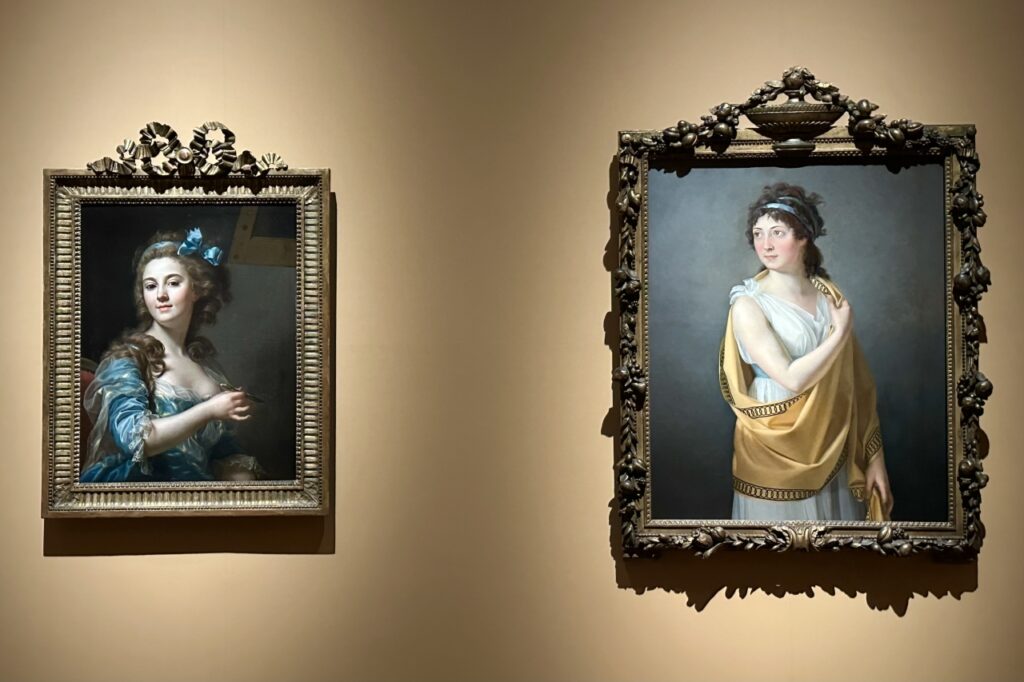
Female artists began to emerge in France from the second half of the 18th century, and both Capet and Benoît were representative painters whose names were displayed at the Salon (official exhibition) of 1791, the first time women were allowed to exhibit after the French Revolution.
In Capet’s Self-Portrait (c.1783), the gorgeous blue dress and ribbons and curls in the hair are a clear example of the Rococo style, and the young artist’s expression as he gazes out at us is so bright and radiant that it is hard not to stare. You can sense his confidence, as if he is proud of his own skills. In contrast, Benoit’s Portrait of a Woman (c.1799) clearly shows a neoclassical tendency to seek models in the art of classical antiquity, with its ancient-style white chemise dress and sculptural, stable depiction of the body.
Not only is the quality of the works themselves high, but like the cityscape paintings mentioned above, it is easy to see where to look in order to enjoy the exhibit, making this a must-see exhibition, especially for beginners.
How does the way the fence is painted change the impression of the painting?
Chapter 4, which focuses on the diverse ways in which people were depicted in the 19th century, featured a comparative exhibition of “Hedge Surfaces” by Impressionist painters, which was somewhat surprising.
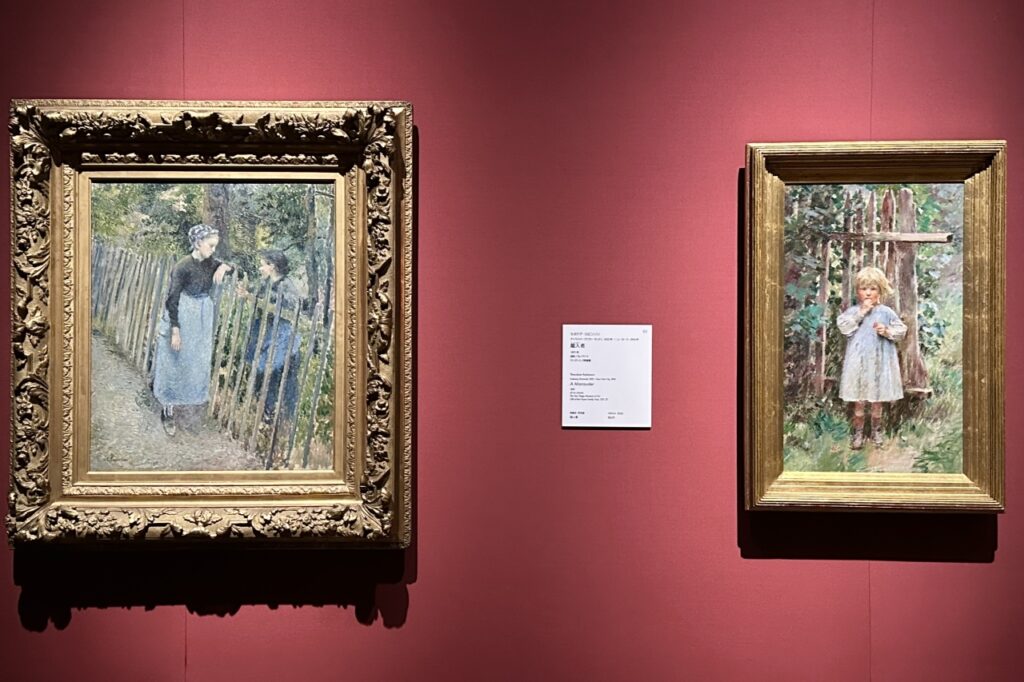
The exhibition focuses on the motif of fences, which are common in rural areas, depicted in the works of Camille Pissarro (1830-1903), the oldest Impressionist who left Paris to study the lives of farmers around Pontoise, and Theodore Robinson (1852-1896), an American painter who learned his artistic techniques in Sylveny, where Monet lived. The exhibition explains how fences are linked to the psychology of the characters and how they are effectively depicted as a device for spatial composition.
As the exhibition suggests ways to enjoy the artworks from such a somewhat niche perspective, even intermediate and advanced fans who wish to delve deeper into Western art can expect to make some fresh discoveries.
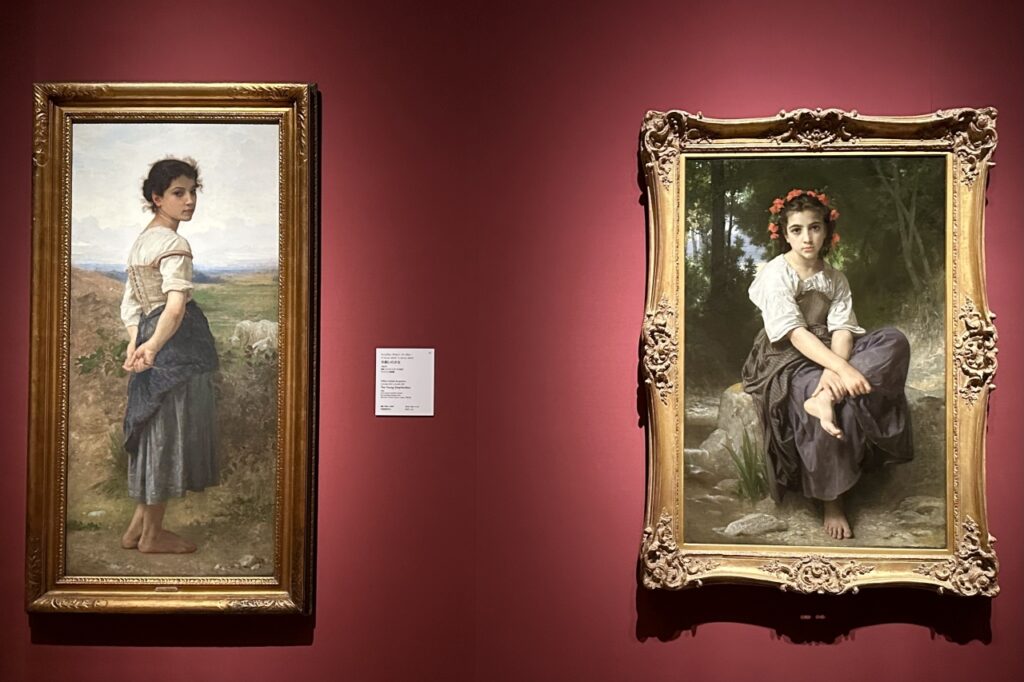
Enjoy casually, without any limitations on your thinking — Dean Fujioka’s way of appreciating films
Dean Fujioka, the exhibition’s audio guide navigator, also appeared at the press preview.
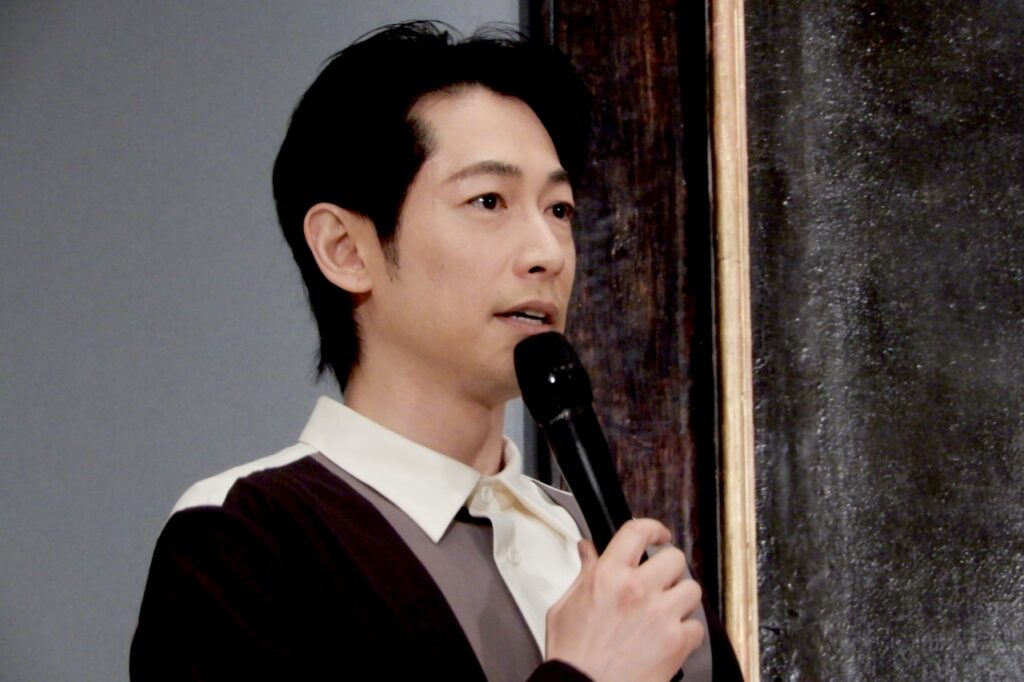
Looking back on the recording of the audio guide, Fujioka said, “If it becomes too pushy, like the ‘Koko Miru Exhibition,’ the intention changes. During meetings, I was told about the key points that would serve as criteria for judgment, such as the background of different eras, the social atmosphere, religious views, how to choose the motifs to paint, the touch, and the painting method, and I interpreted them in my own way, hoping to convey them as a form of guidance and navigation.”
He also suggested his own way of viewing films, saying, “I think that when you create your own story, it gives rise to your own perspective, and your own way of enjoying it on each day and in each moment. (When asked by the moderator if this means you first face the work and then speak to your own inner sensibilities) To put it coolly, yes. It’s like an endless loop of jokes and responses in your mind.”
“There are a variety of religious motifs and contexts, and some works have quite a lot of potential poke fun at. I try to enjoy those in a casual way, without any restrictions,” he continued. Looking at Zurbaran’s Saint Dominic, he described the artist’s appeal from his unique perspective, saying, “He’s looking up to the sky, with his hands in a cute heart-shaped pose,” which drew laughter from the audience.
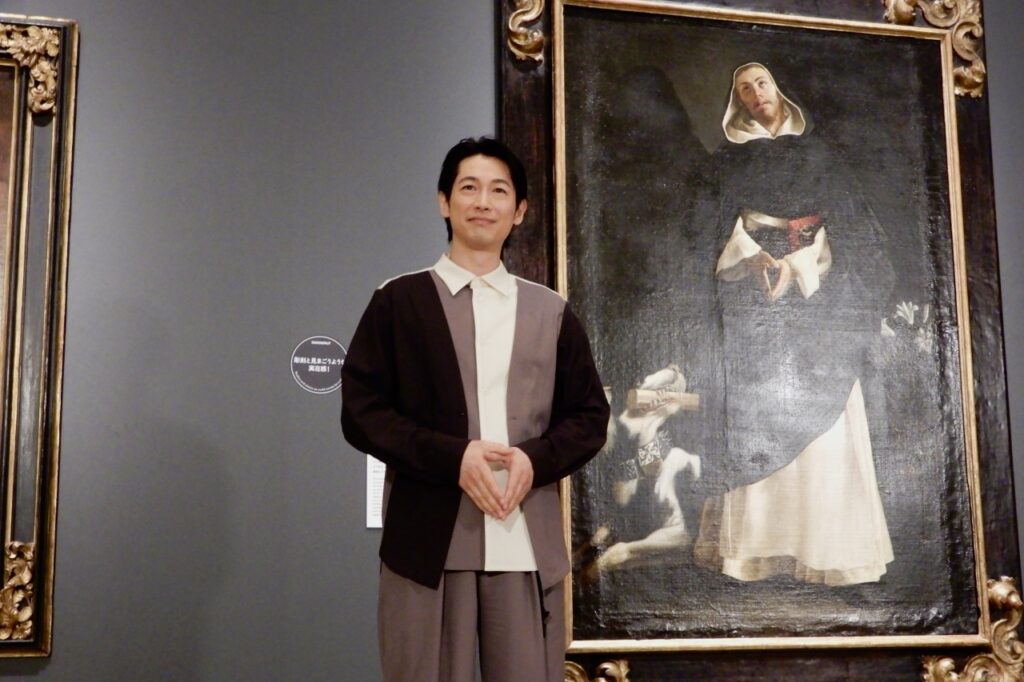
During the exhibition, a limited event called “Dokomiru de Yokai” will be held for four days (night opening days). If you dress up in your own way and declare that you’ve been invited to the Yokai, you’ll receive an original postcard, and the venue will have photo spots and “Yokai photo items” such as masks and folding fans available.
*Please check the official exhibition website for detailed schedules and notes.
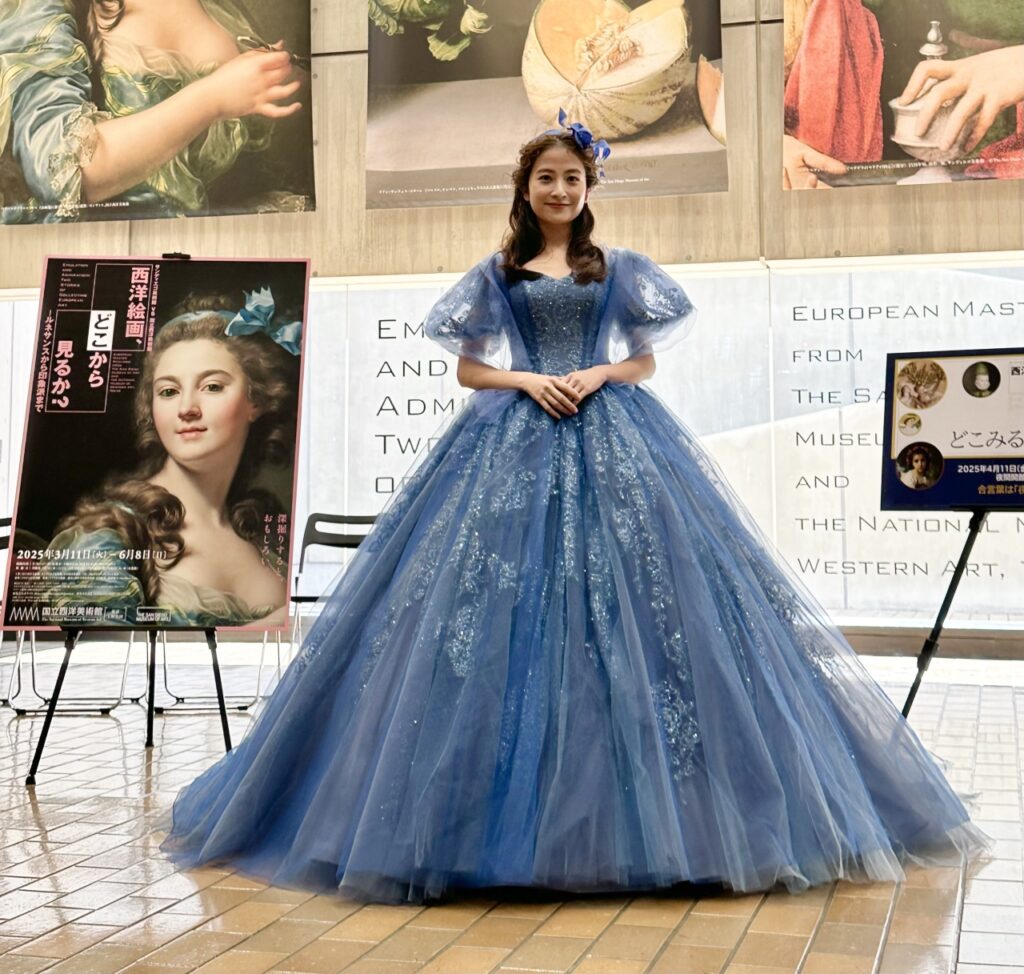
In addition to this exhibition, five paintings, including Goya’s “Vicente María de Vera de Aragón, Duke of La Roca” (c.1795), on loan from the San Diego Museum of Art, are also on display in the permanent exhibition room. The permanent exhibition can be viewed for free if you have a valid ticket for the “Dokomiru Exhibition” on the day, so don’t miss this one either.
Summary of “From where should we look at Western paintings? – From the Renaissance to the Impressionists: San Diego Museum of Art vs. National Museum of Western Art”
| Dates | March 11, 2025 (Tuesday) – June 8, 2025 (Sunday) |
| venue | National Museum of Western Art (Ueno Park, Tokyo) |
| Opening hours | 9:30 – 17:30 (until 20:00 every Friday and Saturday) *Last admission is 30 minutes before closing. |
| Closed Days | Monday, Wednesday, May 7th *However, the museum will be open on Monday, March 24th, Monday, May 5th (national holiday), and Tuesday, May 6th (holiday). |
| Admission fee (tax included) | Adults: 2,300 yen, University students: 1,400 yen, High school students: 1,000 yen
* Free for junior high school students and younger, people with physical or mental disabilities, and one accompanying person (student ID or proof of age, disability certificate required) |
| Organizer | National Museum of Western Art, San Diego Museum of Art, Nihon Keizai Shimbun, TBS, TBS Gloudia, TV Tokyo |
| inquiry | 050-5541-8600 (Hello Dial) |
| Exhibition official website | https://art.nikkei.com/dokomiru/ |
*The contents of this article are current as of the time of coverage. Please check the official exhibition website for the latest information.
Article provided by: Kokosil Ueno


